By Darwin Manning
manningd@grinnell.edu
Grinnell College is known for leaving a lasting impression on its students even after they leave the Jewel of the Prairie. But the Development and Alumni Relations Office is developing new strategies to directly engage alumni and increase their giving, a goal that is particularly relevant to recent discussions of the College’s financial future.
There are several strategies to increase alumni gifts and many of them entail a prolonged period of investment by the College. President Raynard Kington will travel to 32 cities to speak on the state of the College and try to remind alumni of what they particularly love or remember from their time here. In addition, Development and Alumni Relations is undergoing a three-year process to bring forth the most engagement possible with alumni.
“My office has looked at how we can more consistently engage alumni, whether that’s through bringing them out into various regions or social events or academic offerings or projects to work on as Grinnellians,” said Beth Halloran, Vice President for Development and Alumni Relations.
At town halls last week, administrators identified an unsustainable financial trajectory for the College and explored options to raise revenues from students as a remedy. Administrators said they chose tuition because it is the revenue source they are most able to control.
Yet an alumni-giving rate that is considerably lower than peer institutions’ is also part of the equation. Over the last decade the College has accrued slightly over 7,000 gifts per year. However, last year the rate dropped. The College only received gifts from 6,500 alumni, which is 32 percent. In contrast, many peer institutions have alumni giving rates above 50 percent.
However, Halloran believes that there is still more that can be done to engage alumni before the College can challenge their commitment.
After the College steps up its outreach to alumni, “Then perhaps we will have earned the right to have the conversation of what role would the alumni like to play in securing the future of the institution,” Halloran said.
Other strategies Halloran’s office has taken include the addition of two positions. One is held by Arlene Holmes, Assistant Director of Alumni Relations and Career Development Programs, who is embedded in the Career Development Office to specifically work with students on mock interviews, resume building and internships.
Holmes piloted the Silicon Valley Industry Tour, a program that sends students to the country’s technology capital to meet with alumni, visit different start-ups and venture capitalists and network with intellectual property attorneys over fall break.
Melanie Drake ’92 began working with the department in August. “Drake has joined with the job of recruiting alum who can reach out to students who are considering Grinnell, being the first extension of the community out to the next class,” Halloran said.
There are also several classes offered by alumni this semester that allow them to reengage with the community. Sam Tanenhaus ’77 is offering a class on journalism and the craft of writing, and Doug Caulkins, Anthropology, is bringing many alumni back through his entrepreneurship class.
“I think if the College is successful in creating stronger relations, that they will do better with alumni engagement,” said Carter Newton ’77, a member of Alumni Council. “And as far as coming on campus, they can help students with careers, give lectures, or provide students with internships.”
He said he has been impressed by Kington’s tour of the country and believes that the institution is now doing a far more diligent job at developing stronger relationships with alumni.
Another strategy, which the College has used for a while but has recently been revamped, is Phonathon. The goal of the program, which hires students to call alumni to raise money, is to hold a conversation where students remind alumni why they came to Grinnell and why supporting it should still be important to them.
“It used to be that the gifts would just go to the Pioneer Fund, now they can go to the soccer team or the Computer Science Department,” said Nathan Forman ’15, a member of Phonathon. “It really helps them to know where they are giving funds to, and what they want to support.”
In these conversations, Forman said students emphasize that through giving back to the College, alumni are ensuring that future students have the same high-quality experience that they did.
“Once you leave Grinnell, it’s not going to just discontinue,” Forman said. “And so you have to support the school, especially if you feel that this is a great place.”
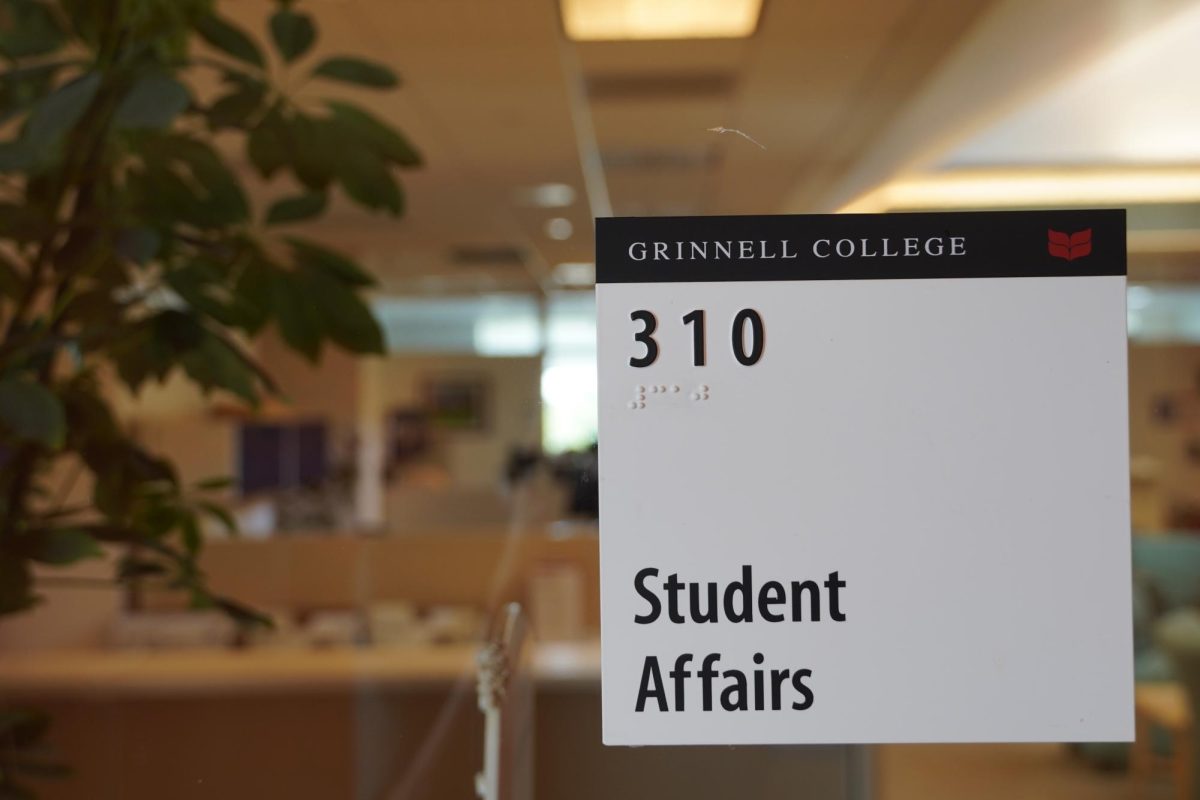

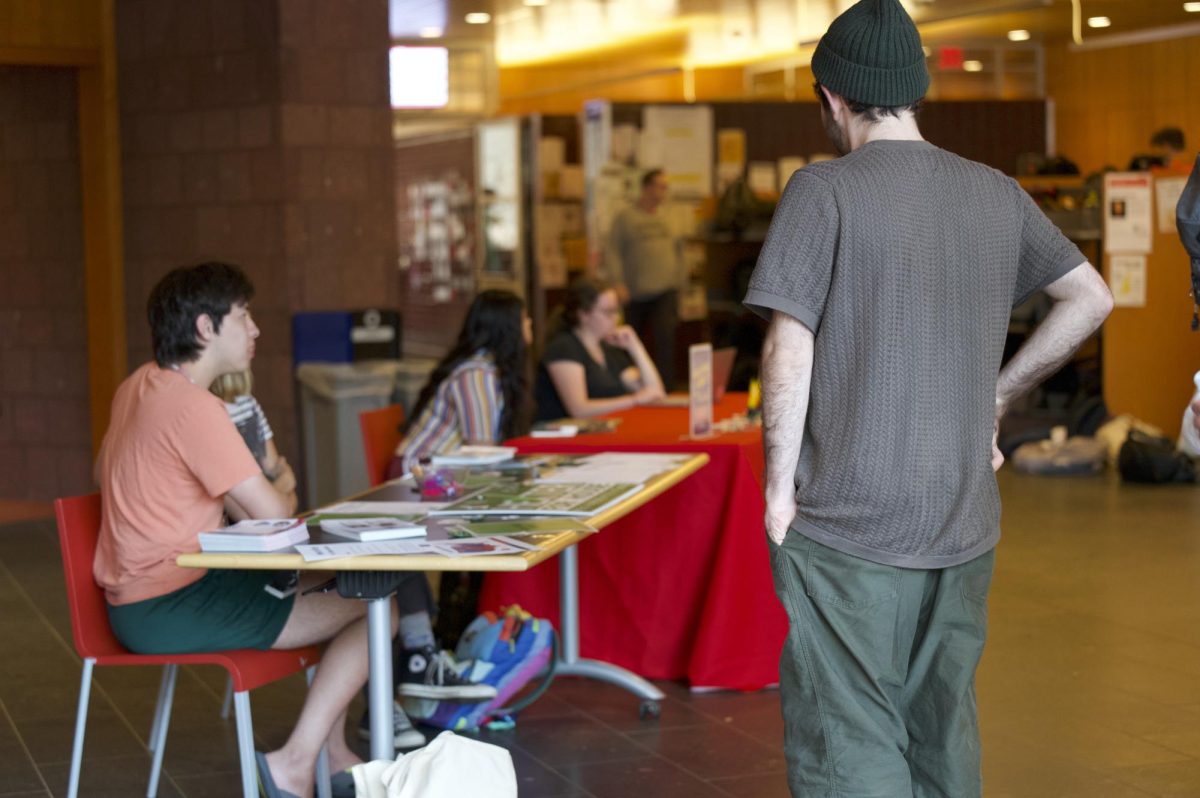
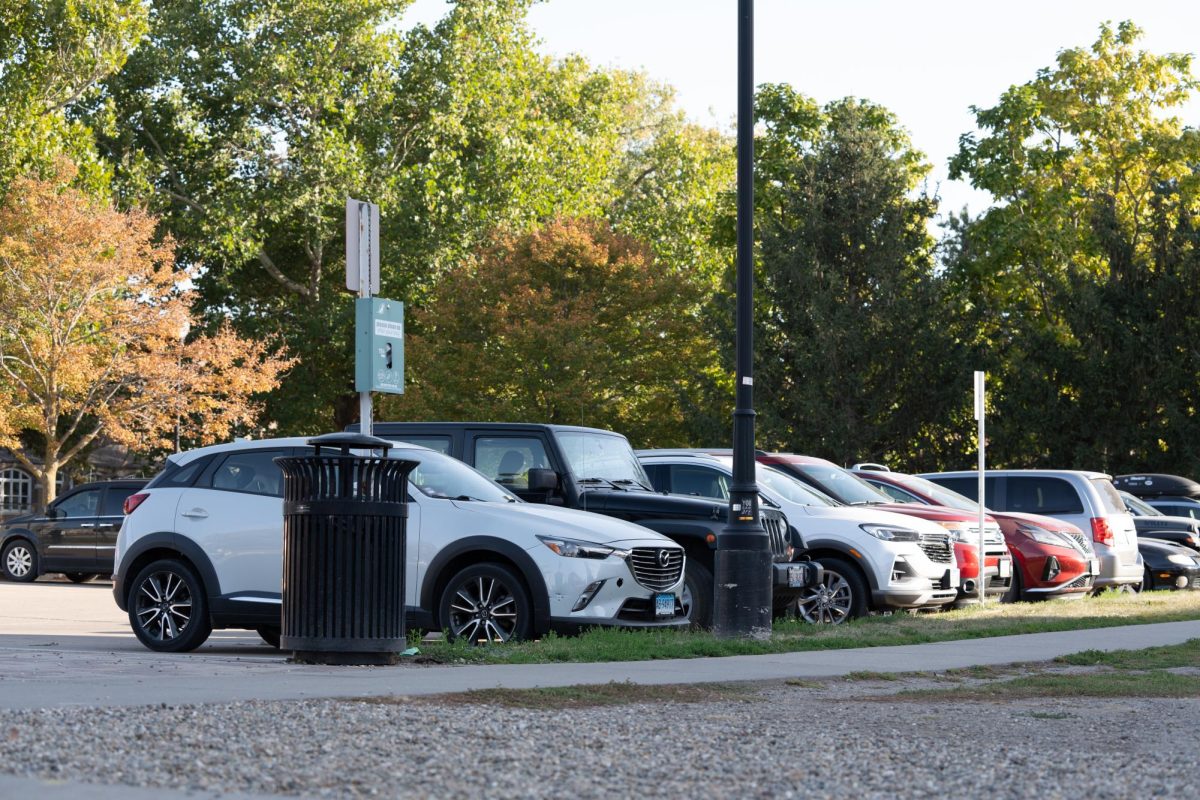
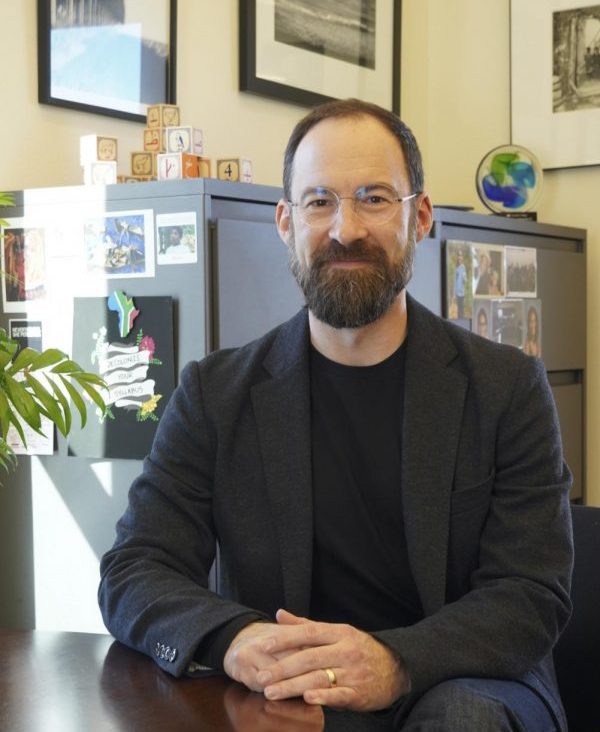

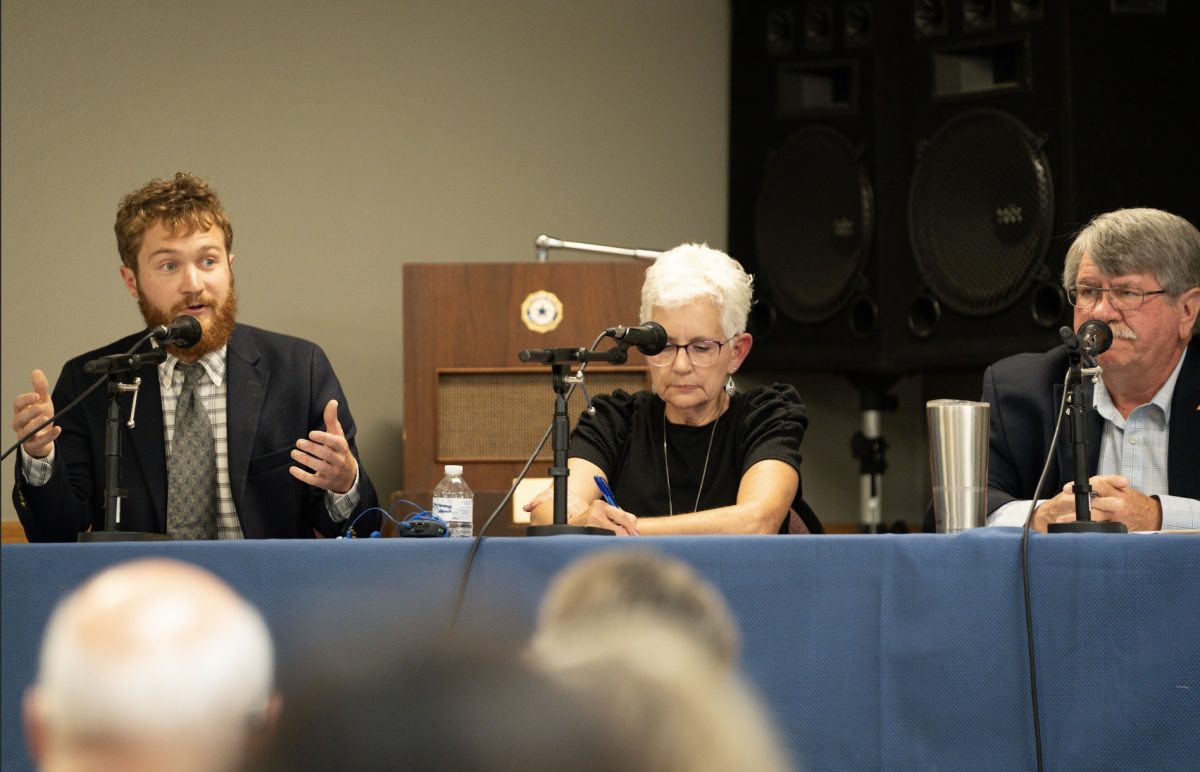

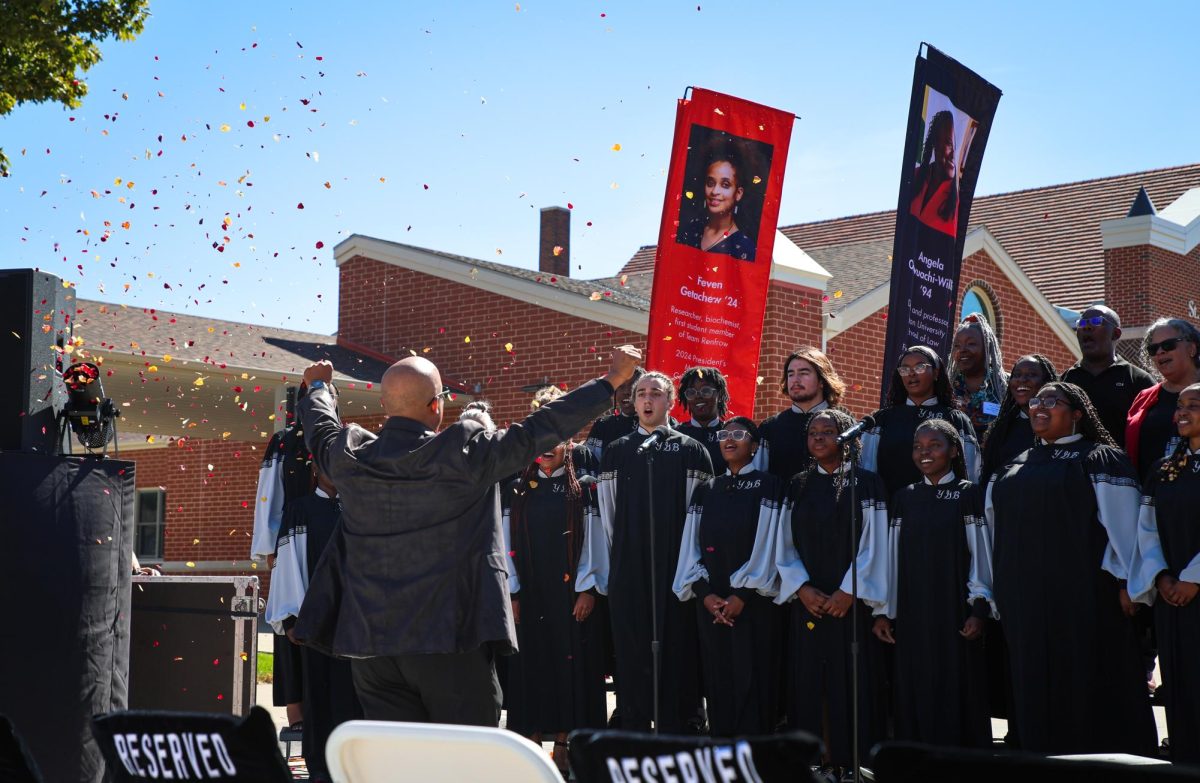
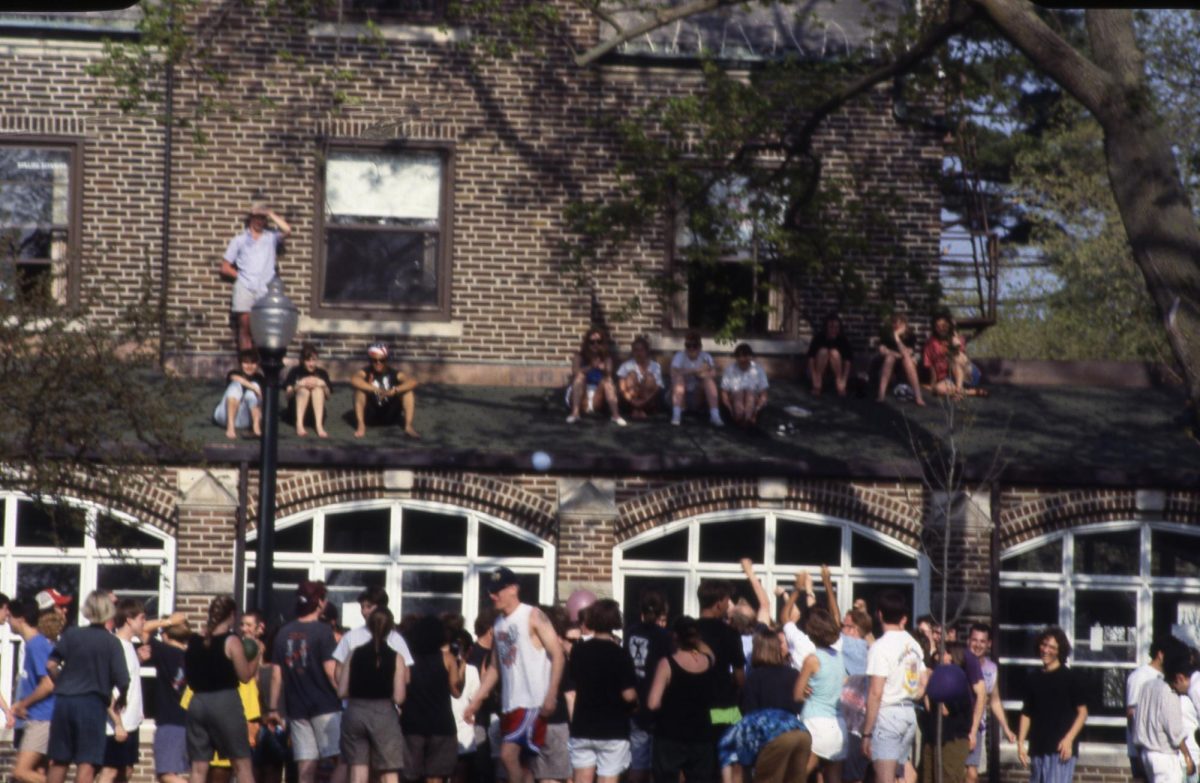
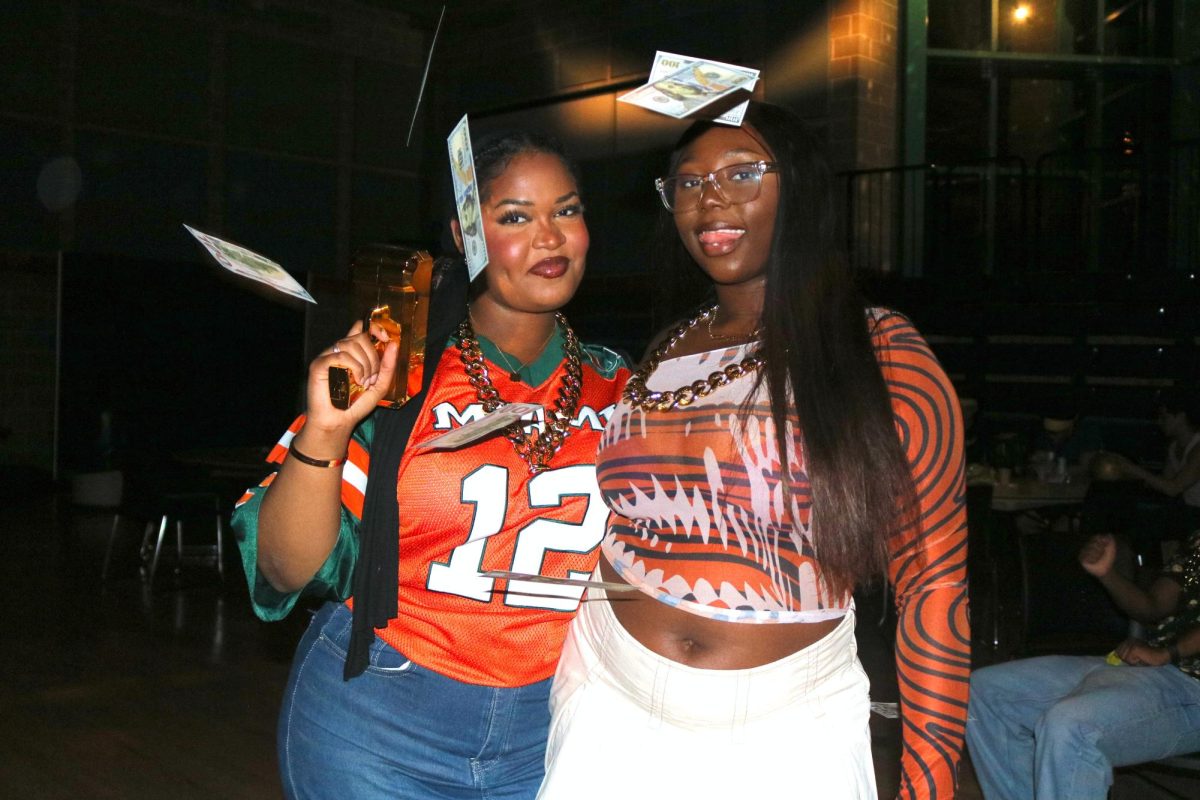
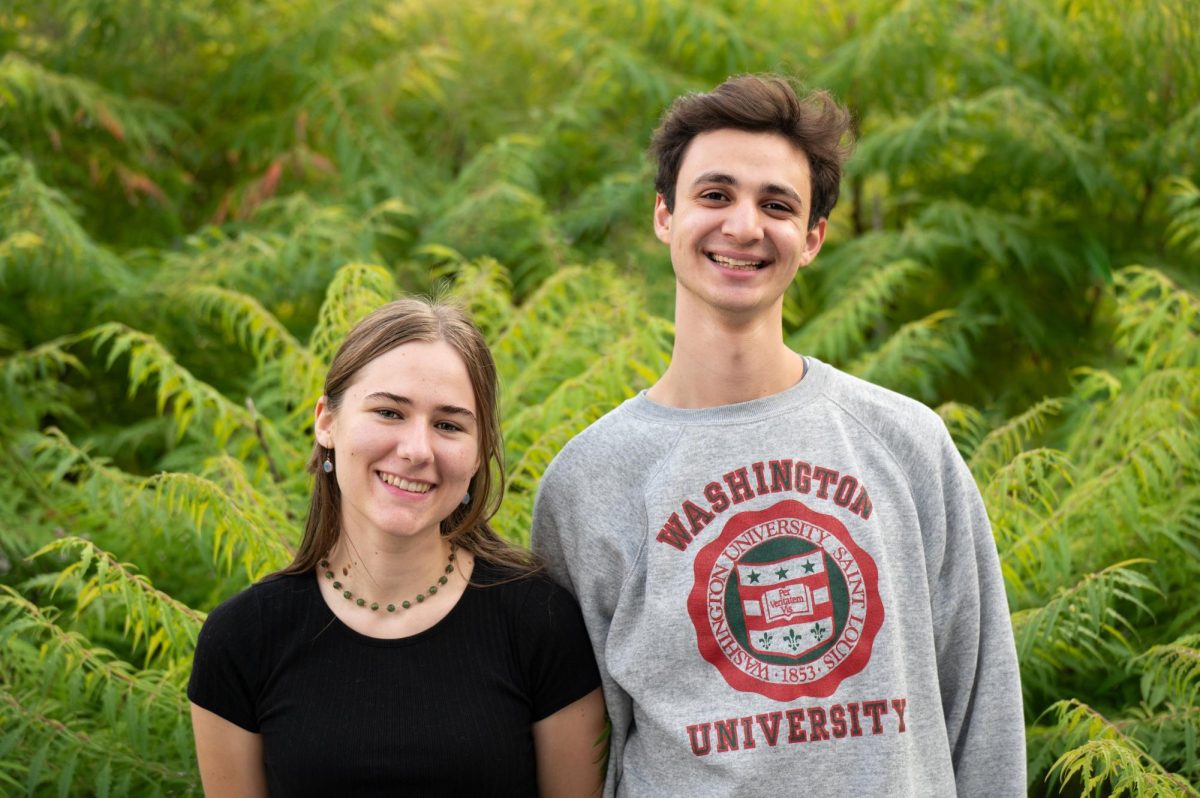
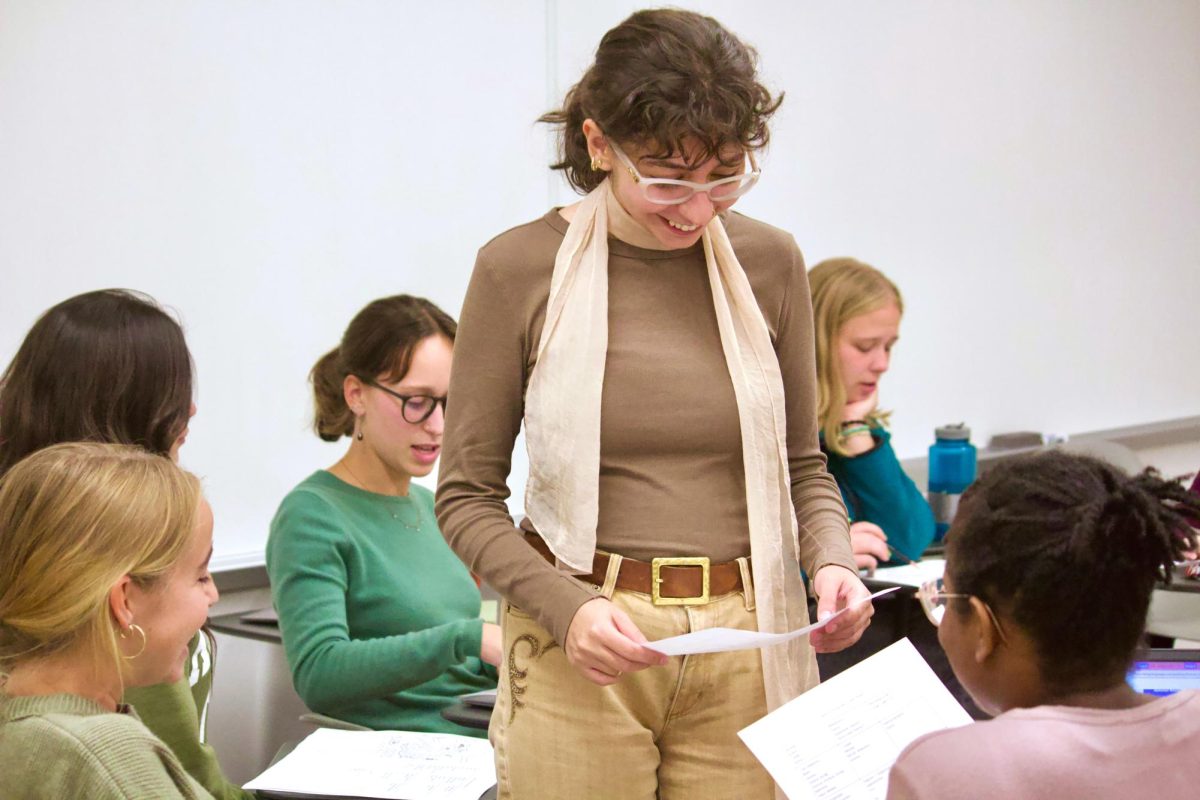
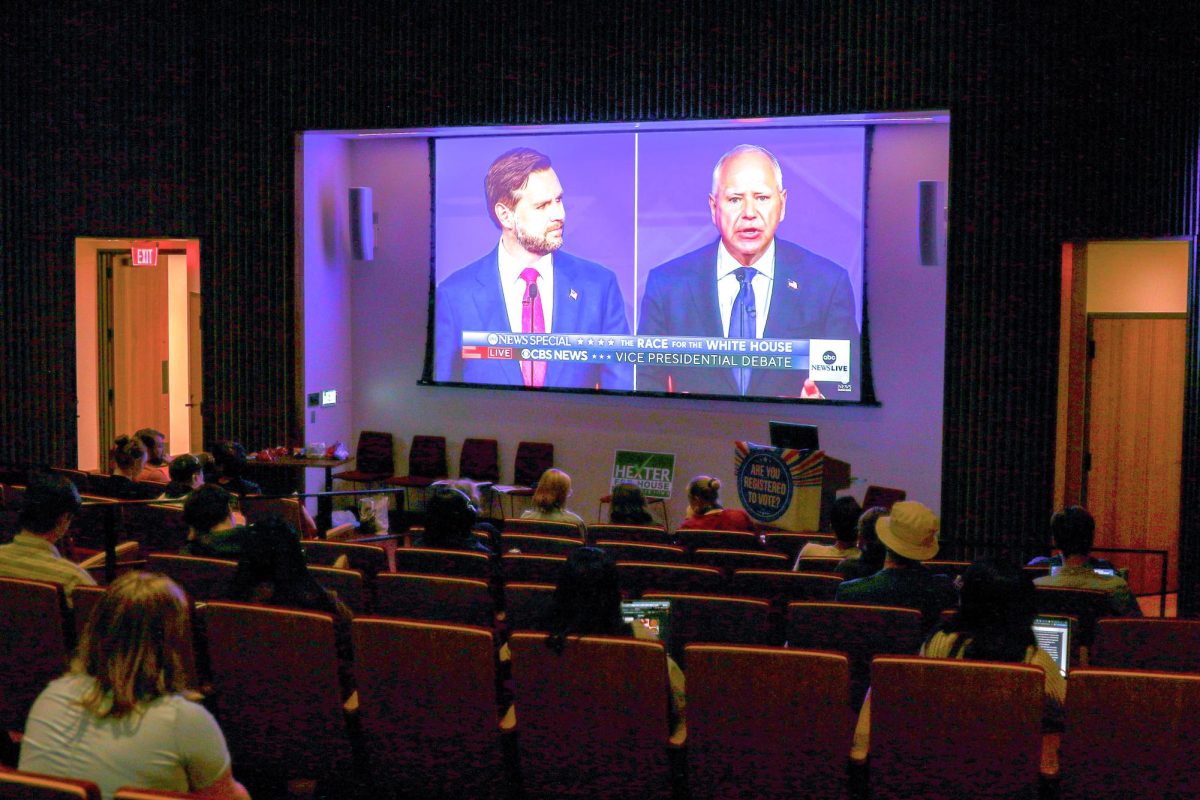
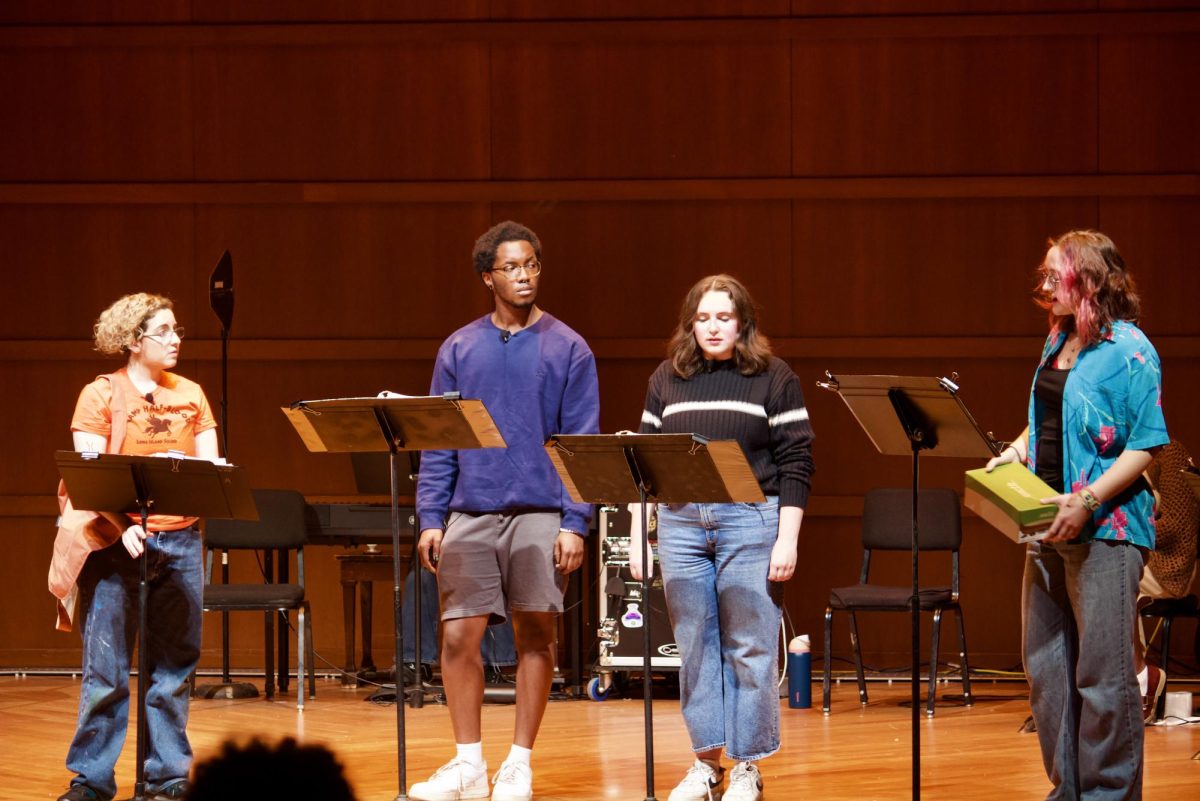
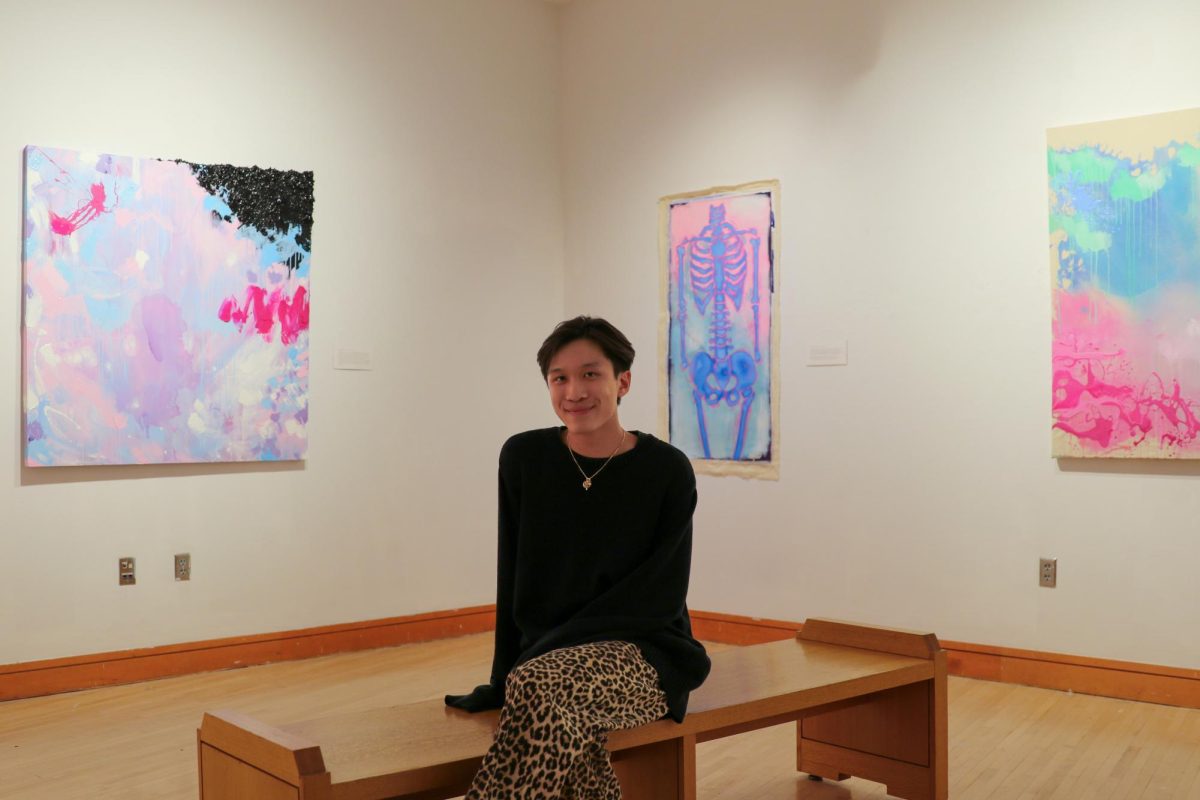
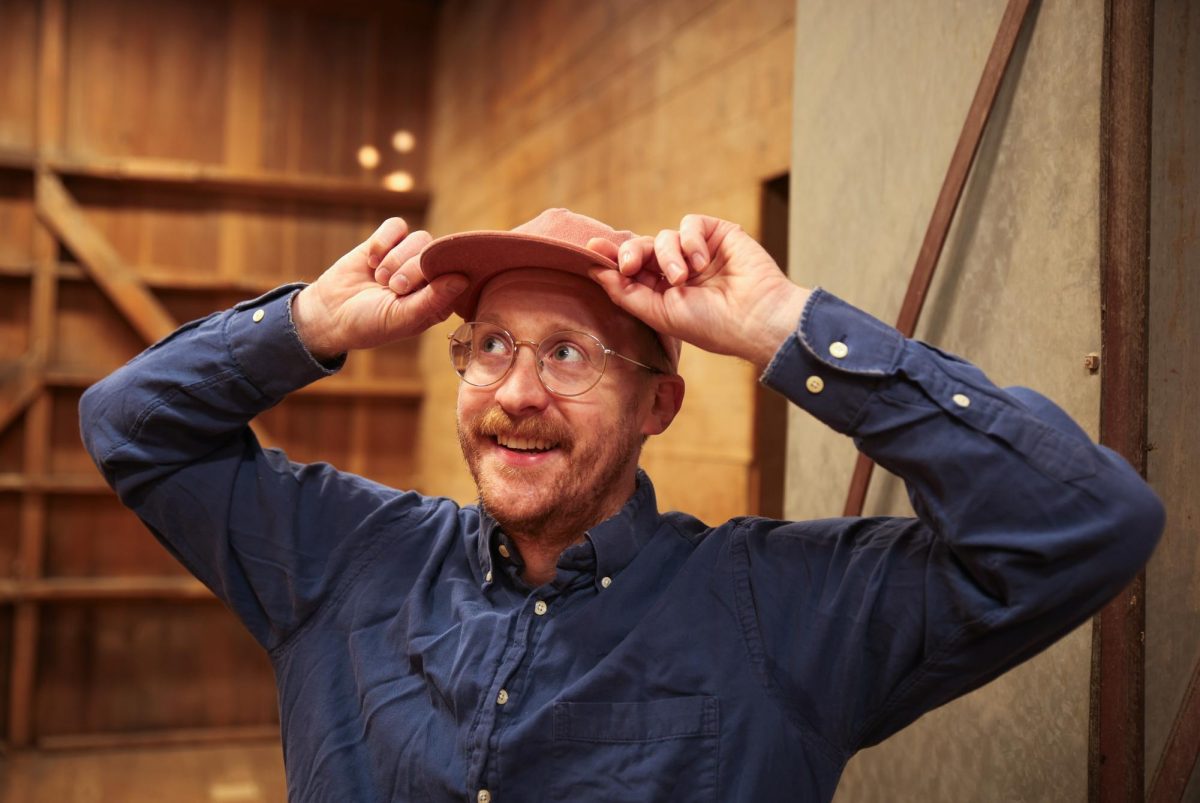
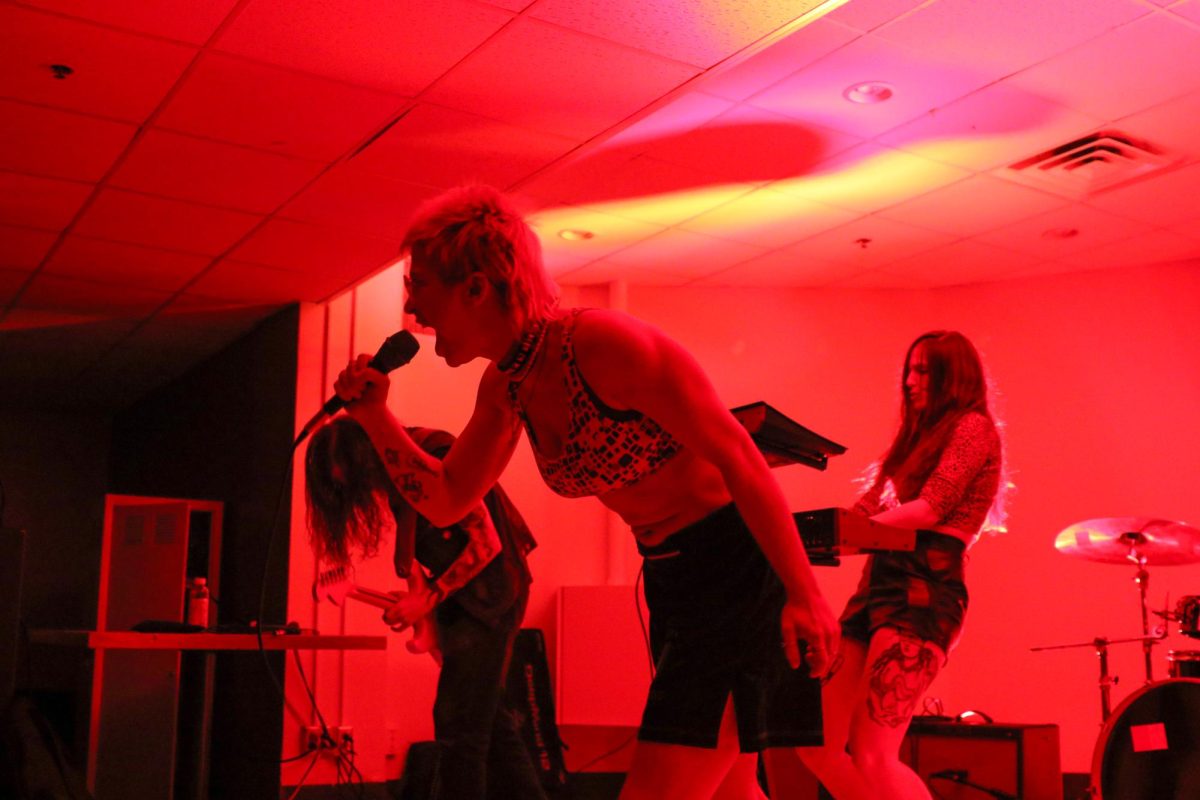
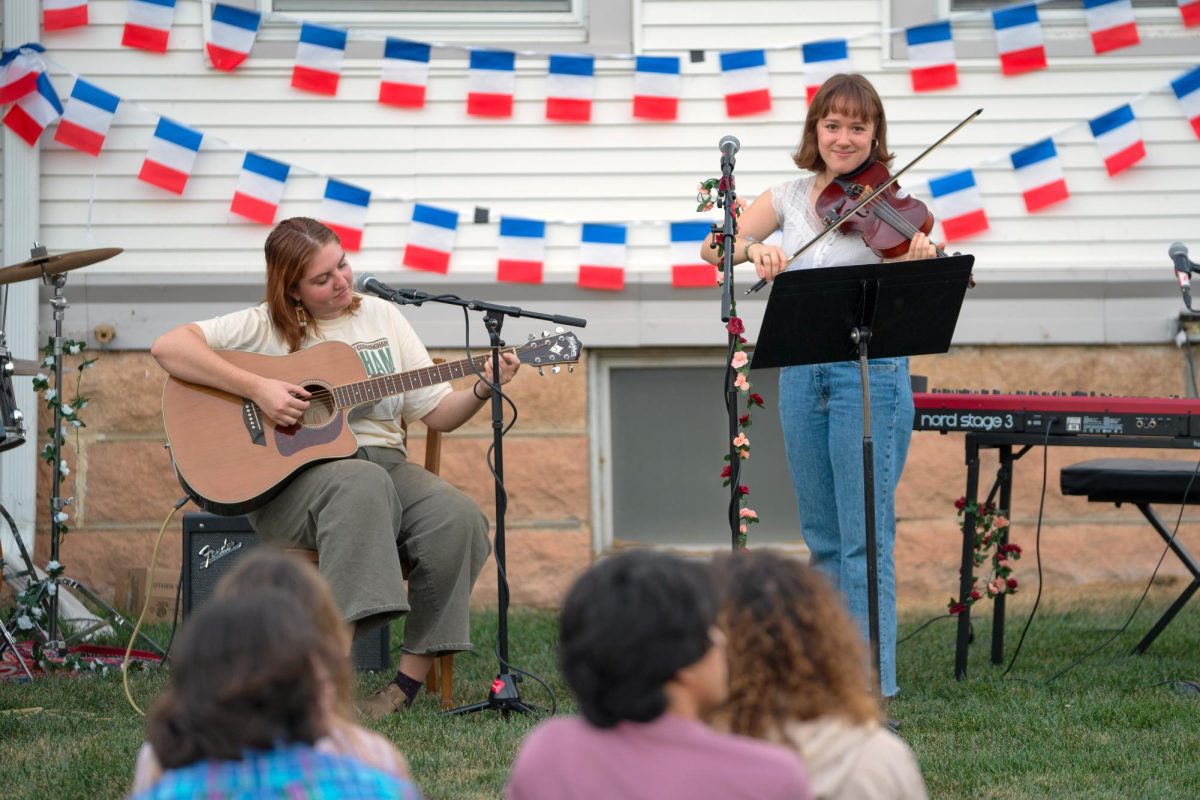
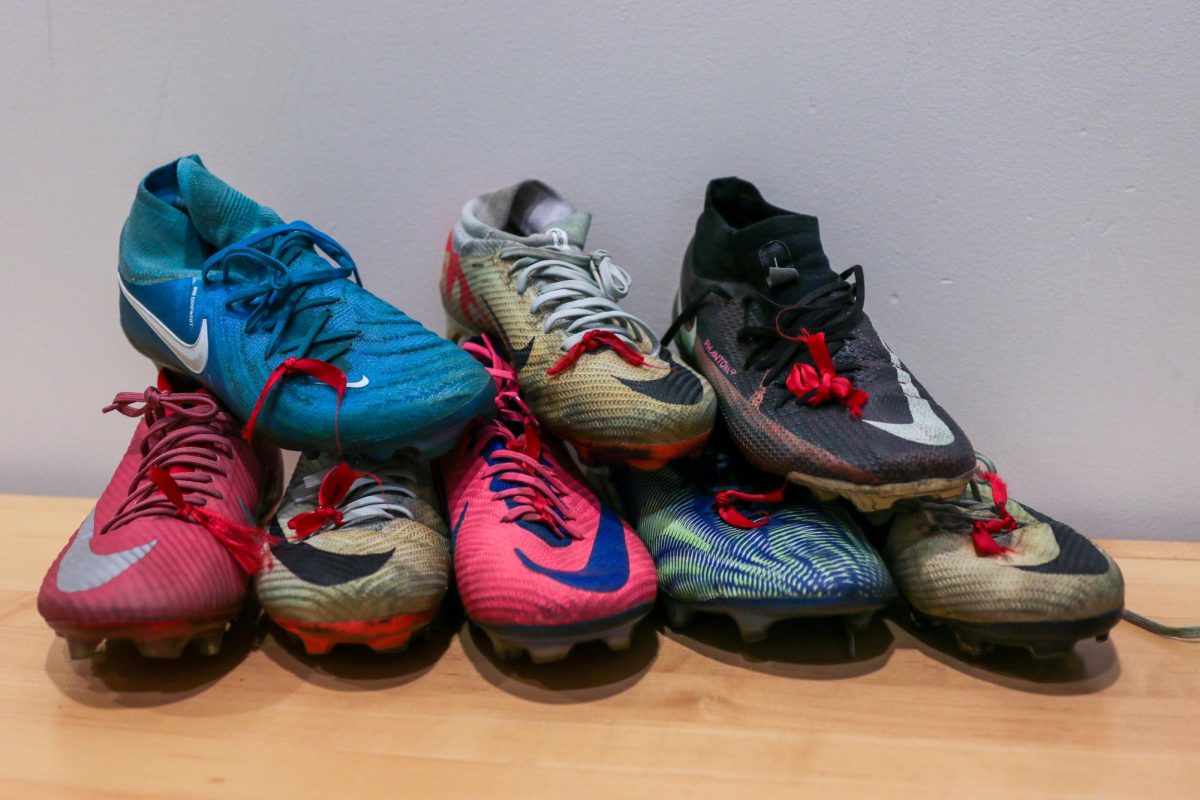
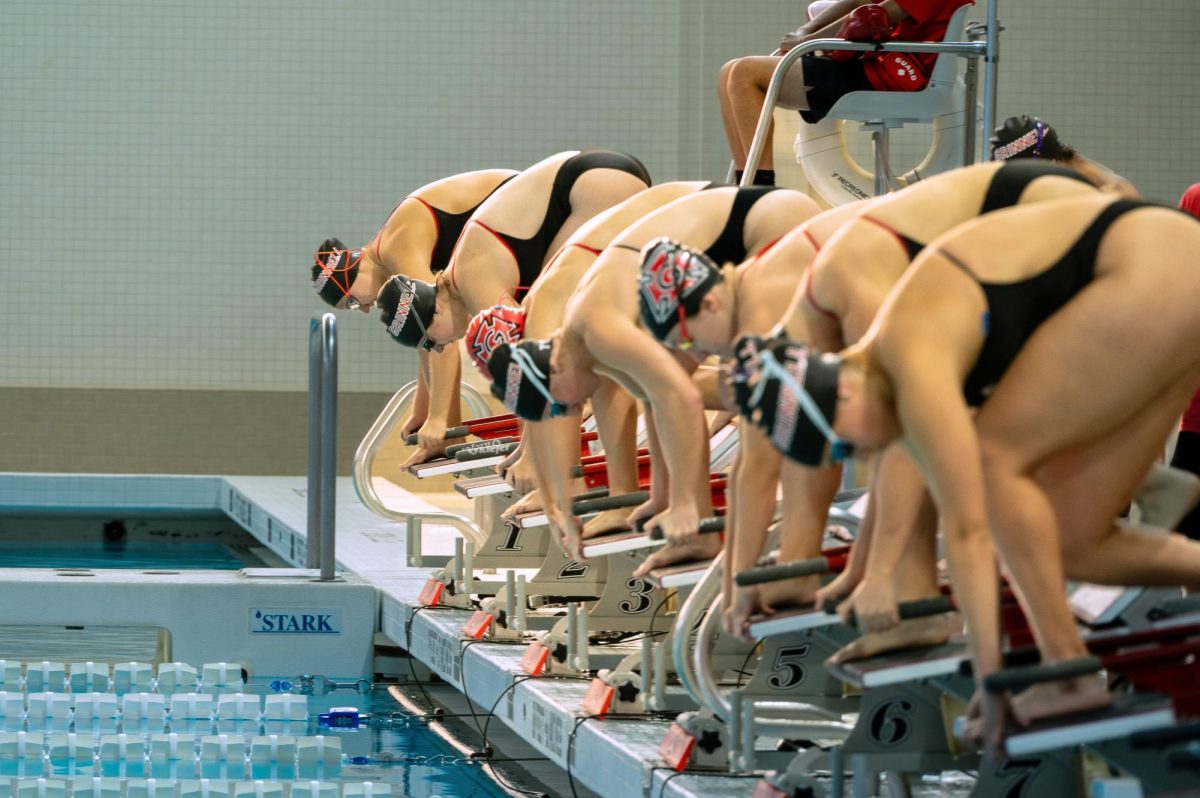
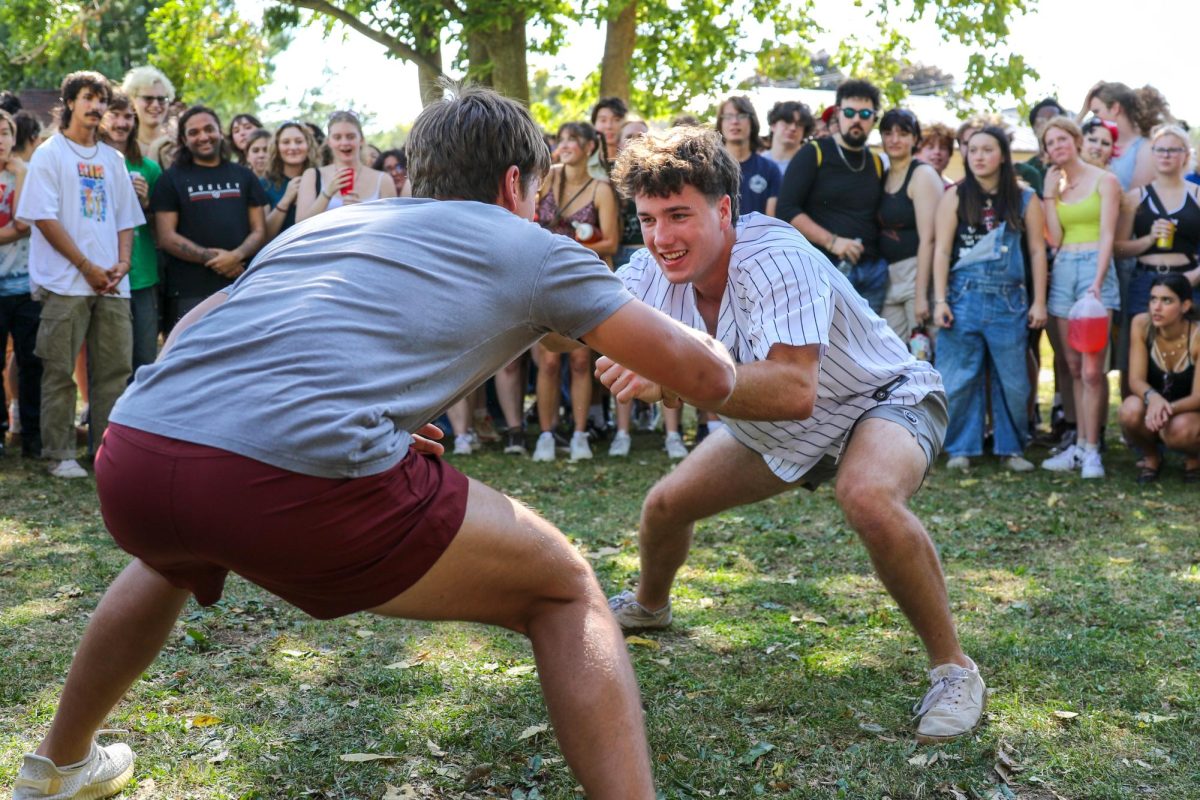
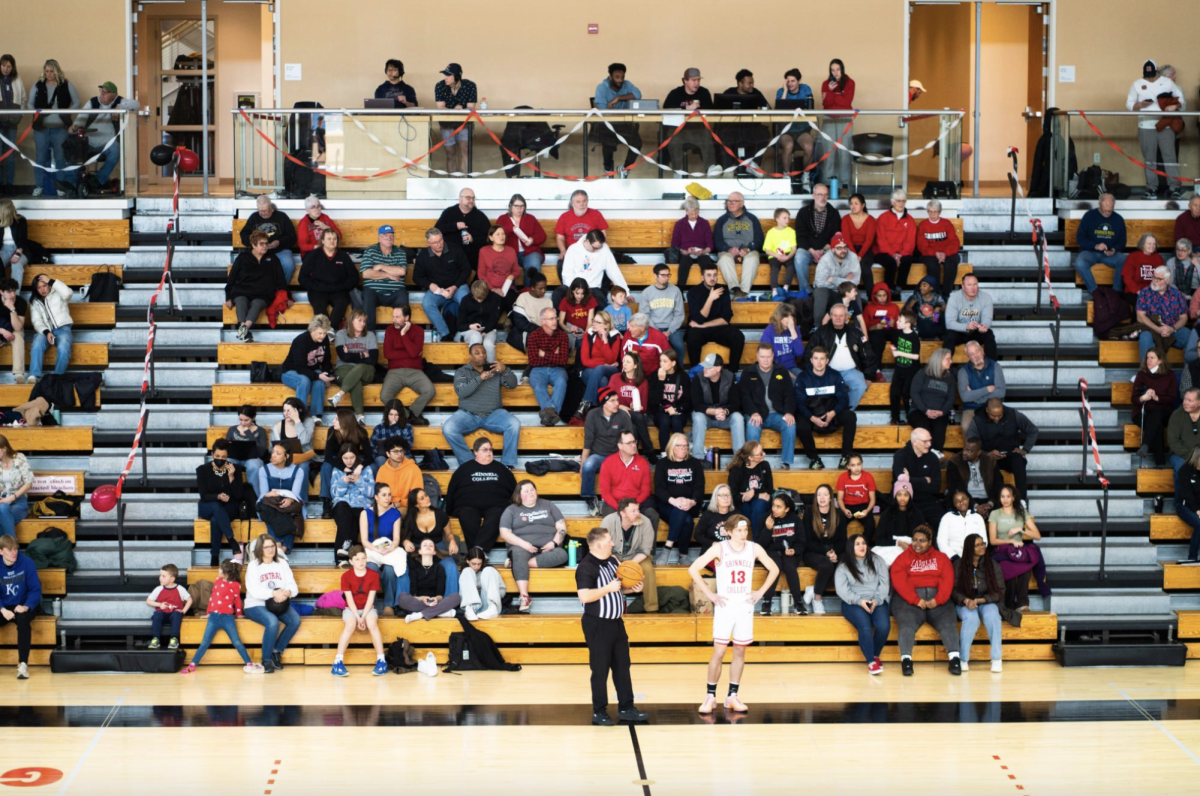
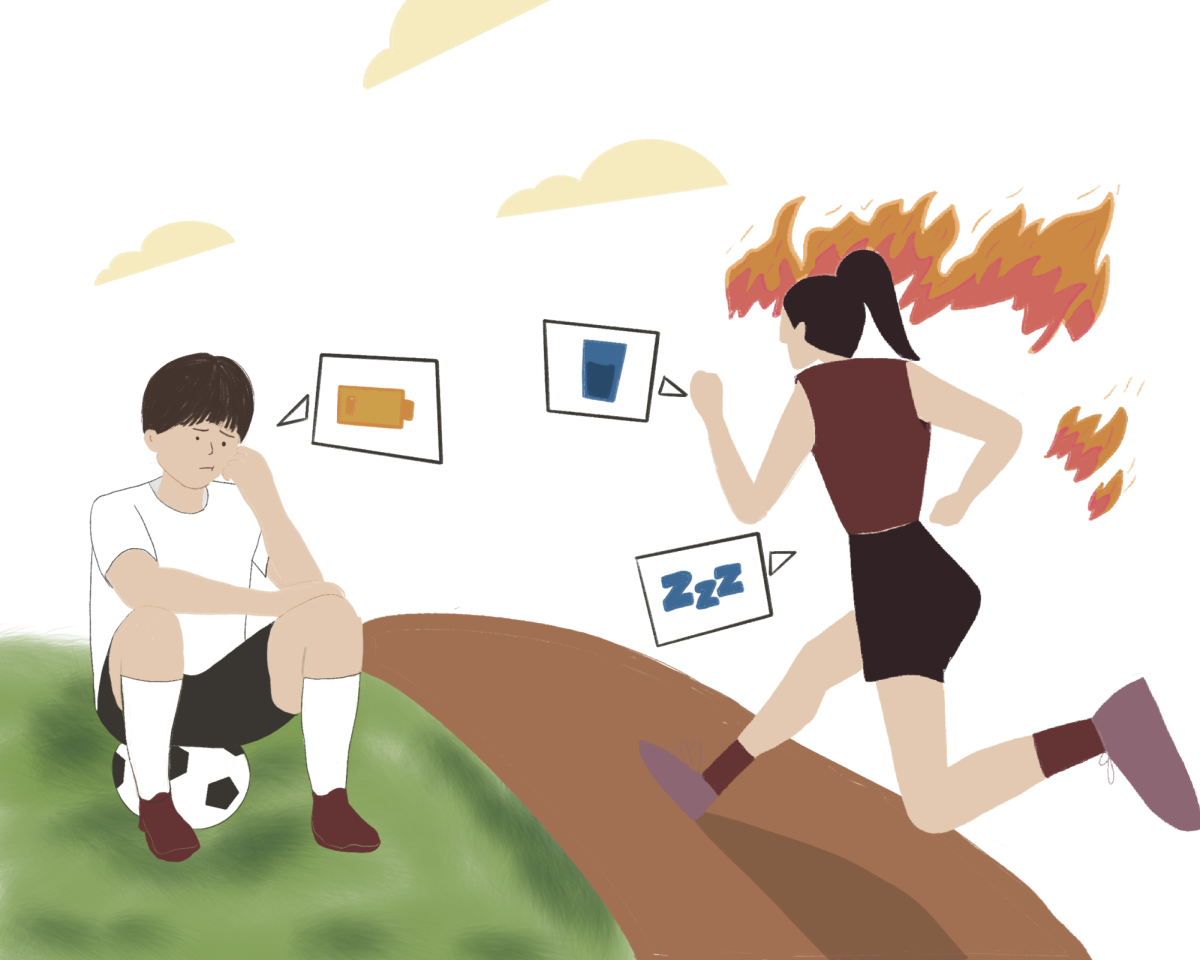
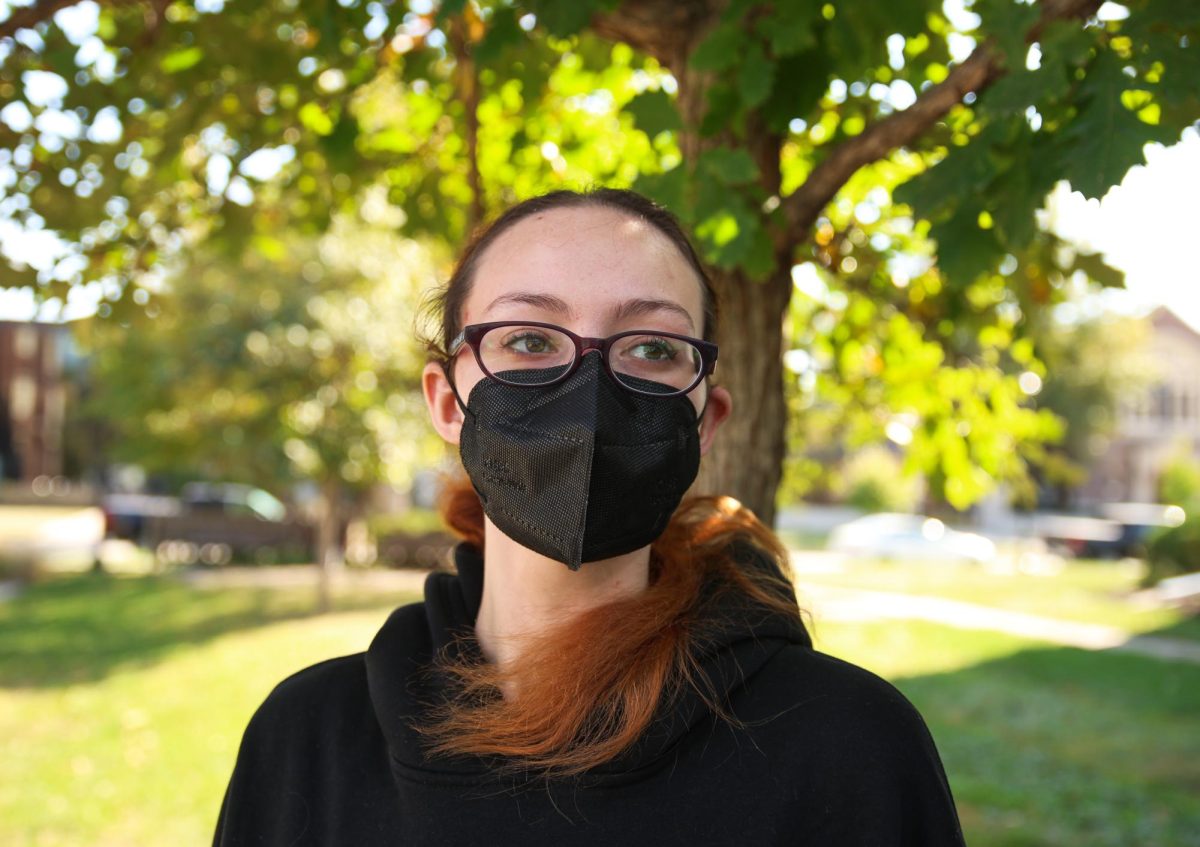
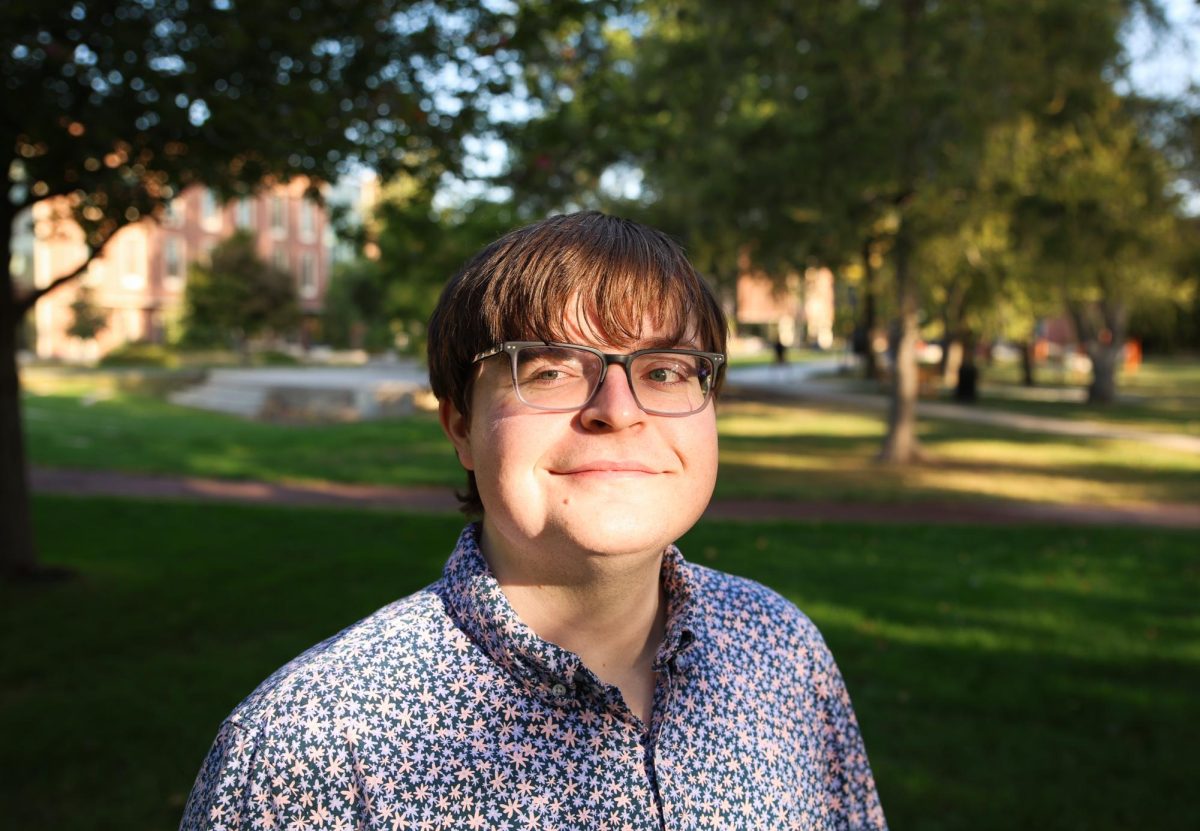
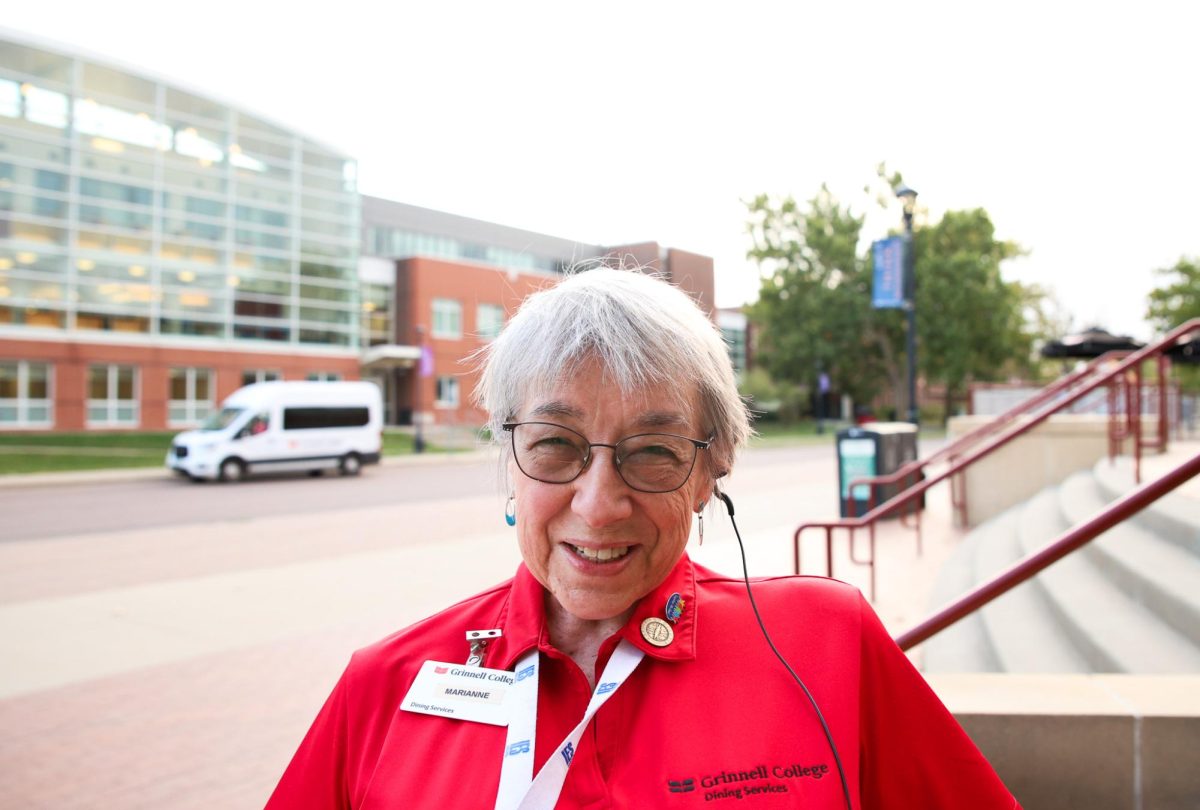
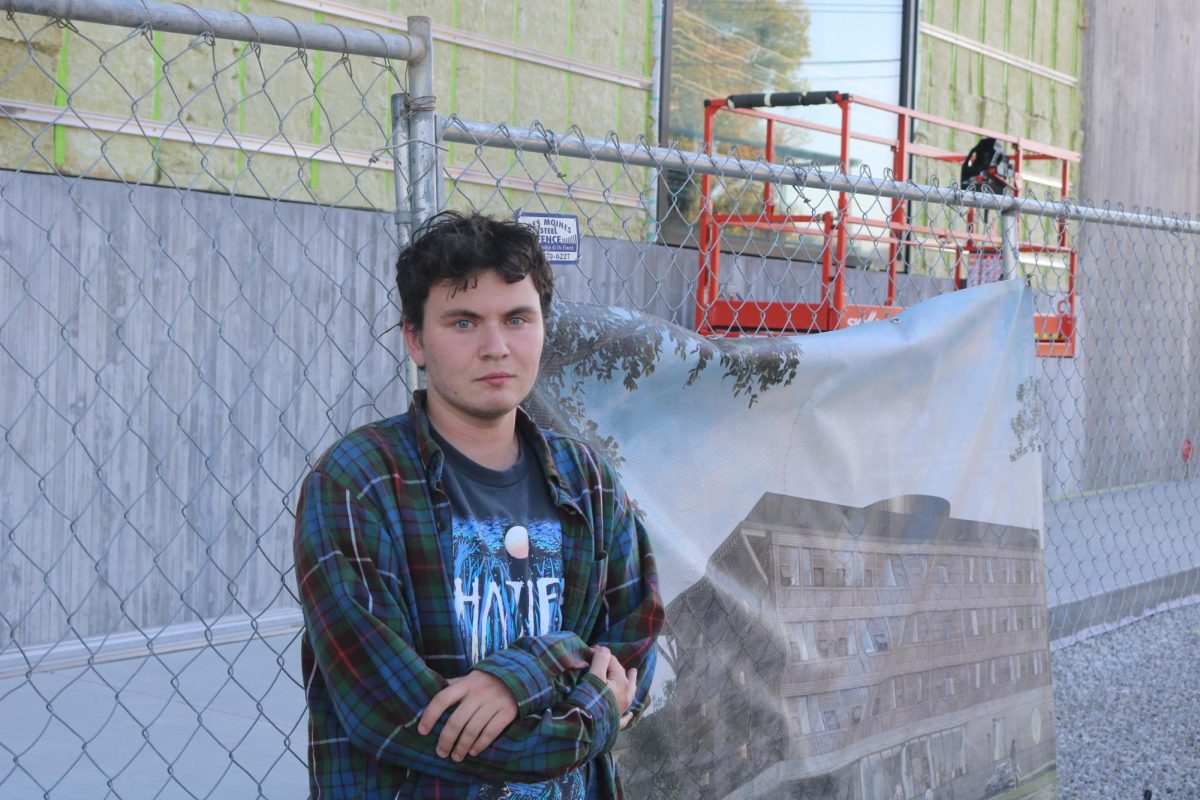

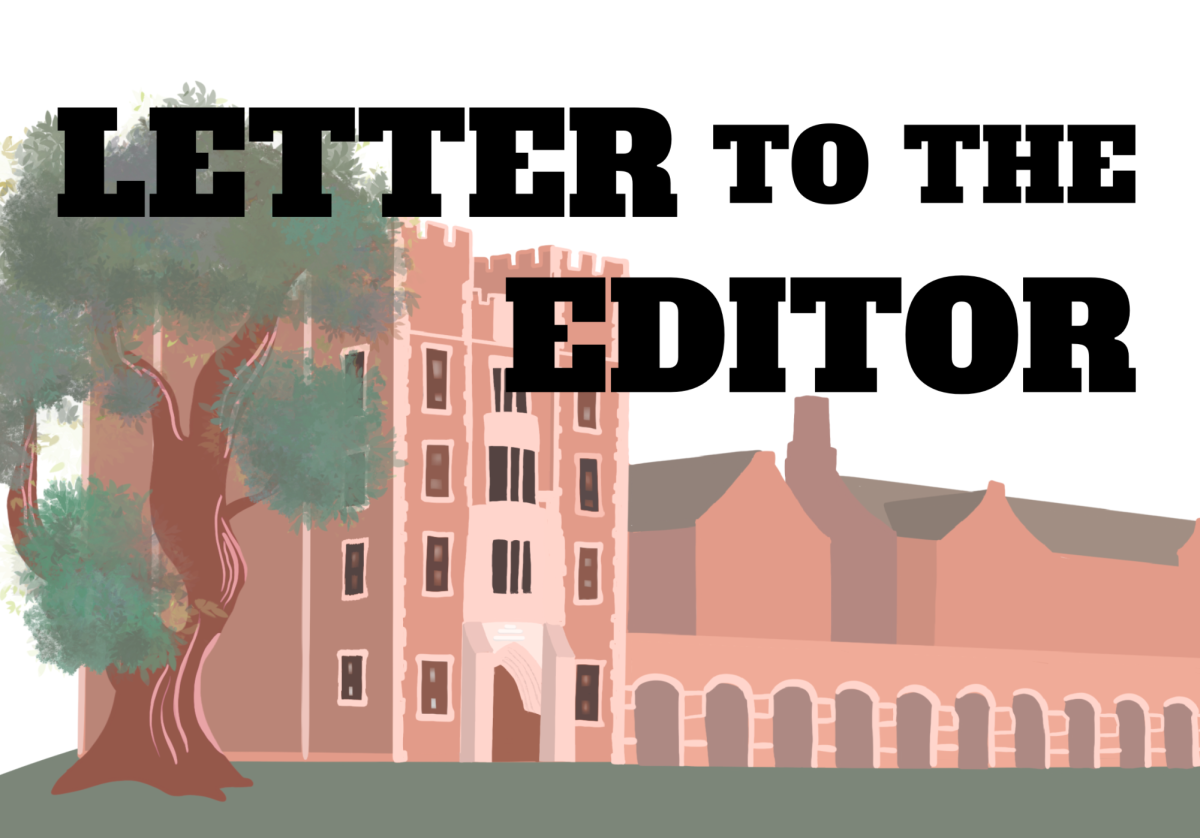
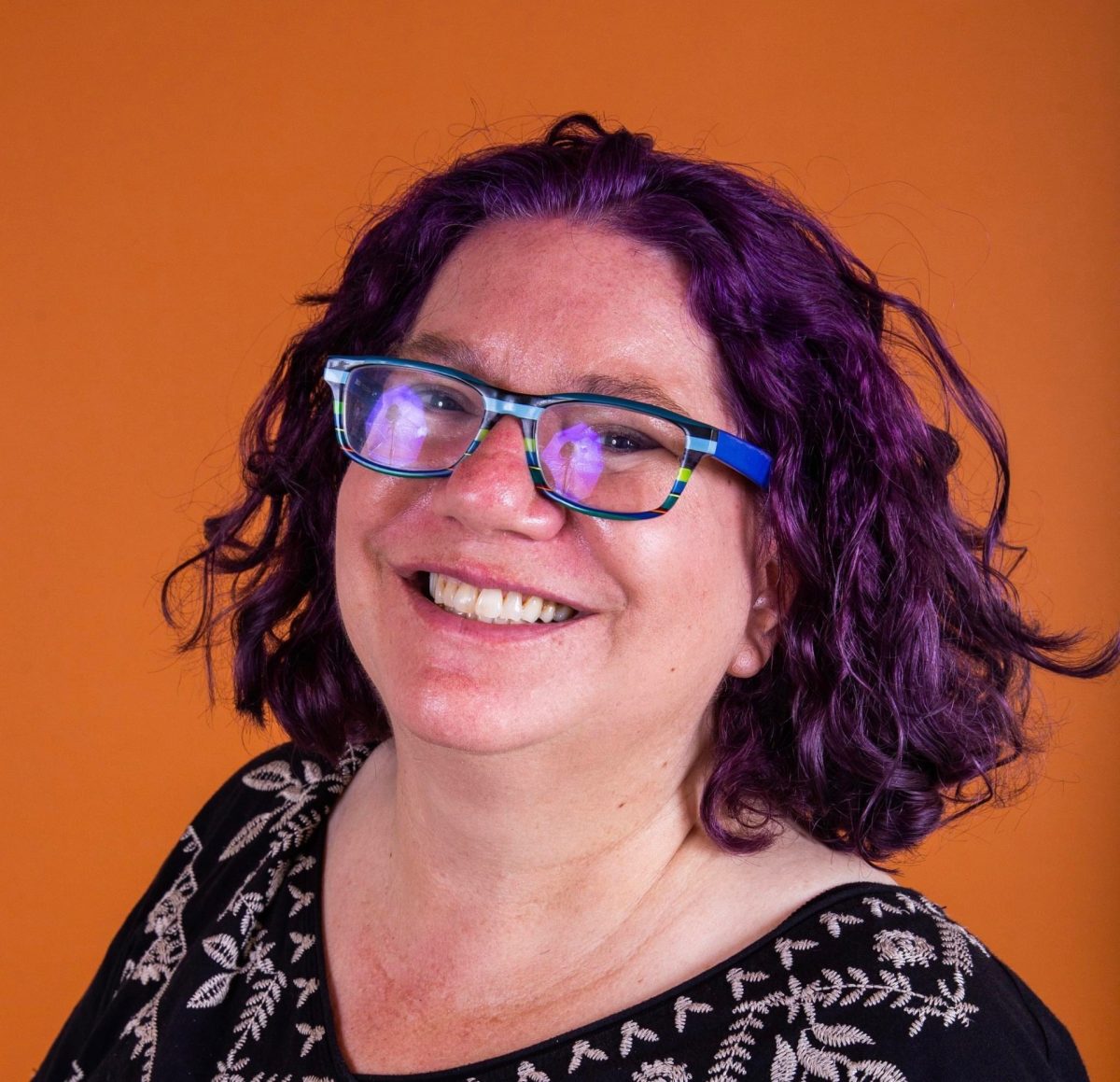
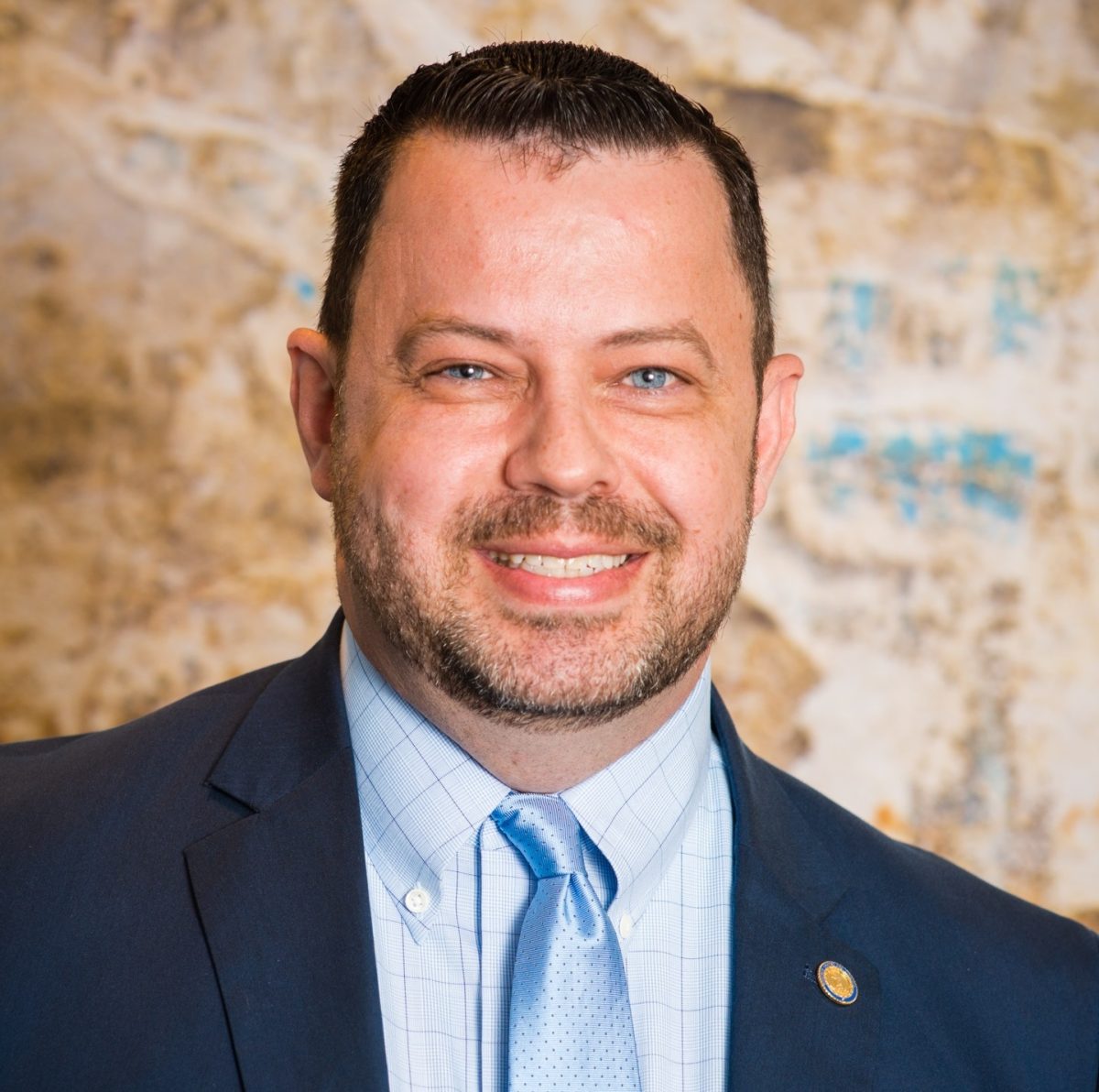
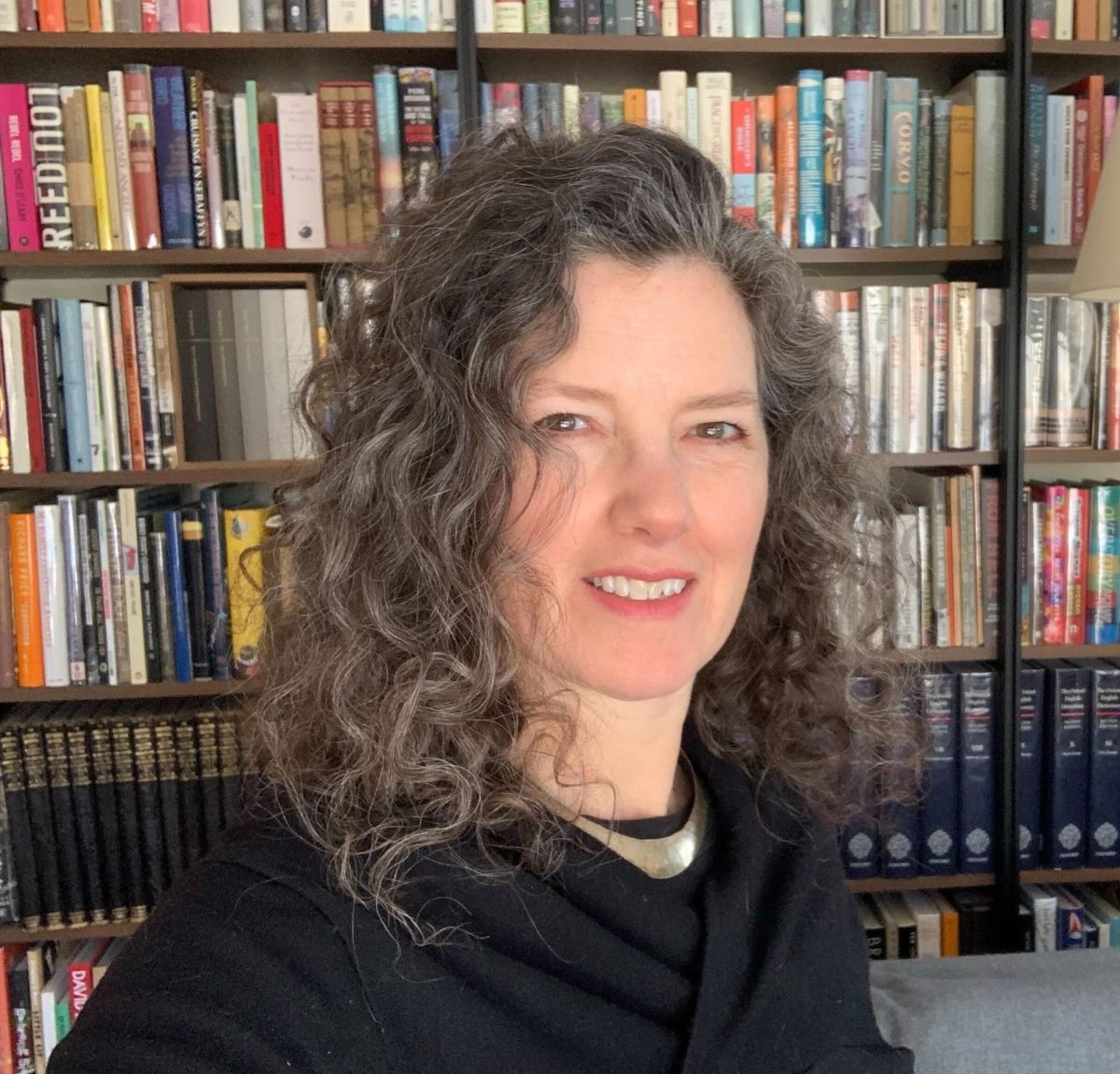
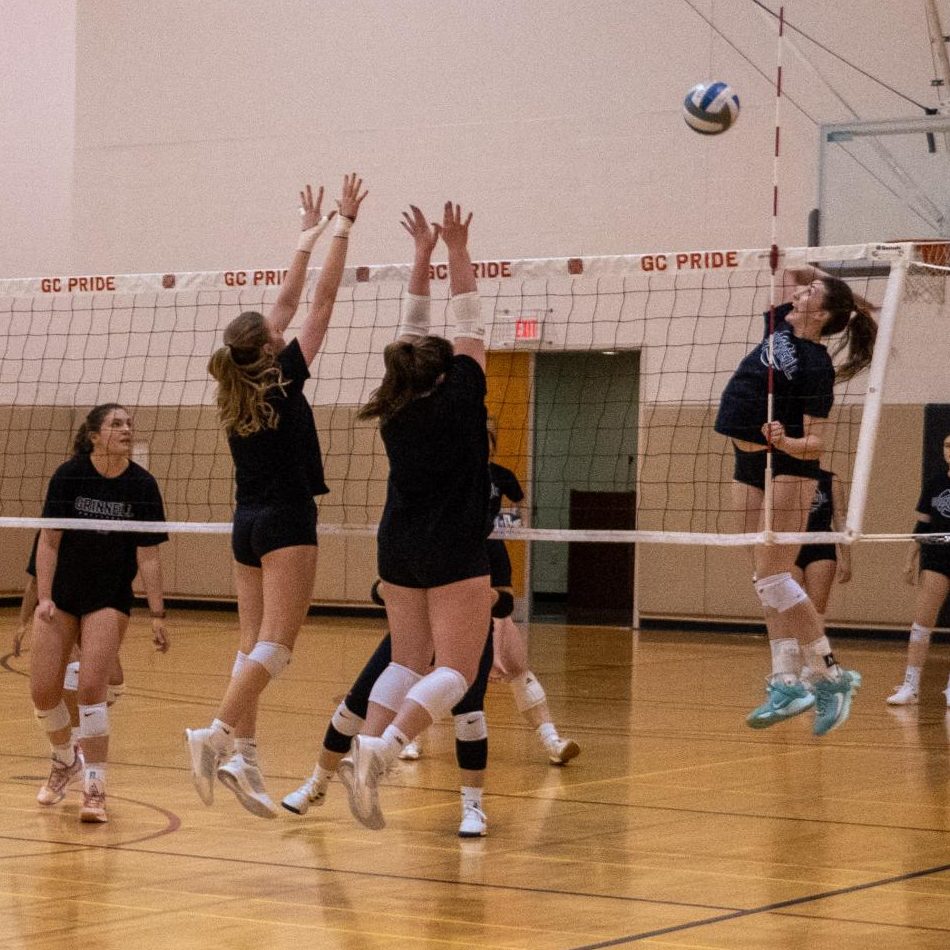
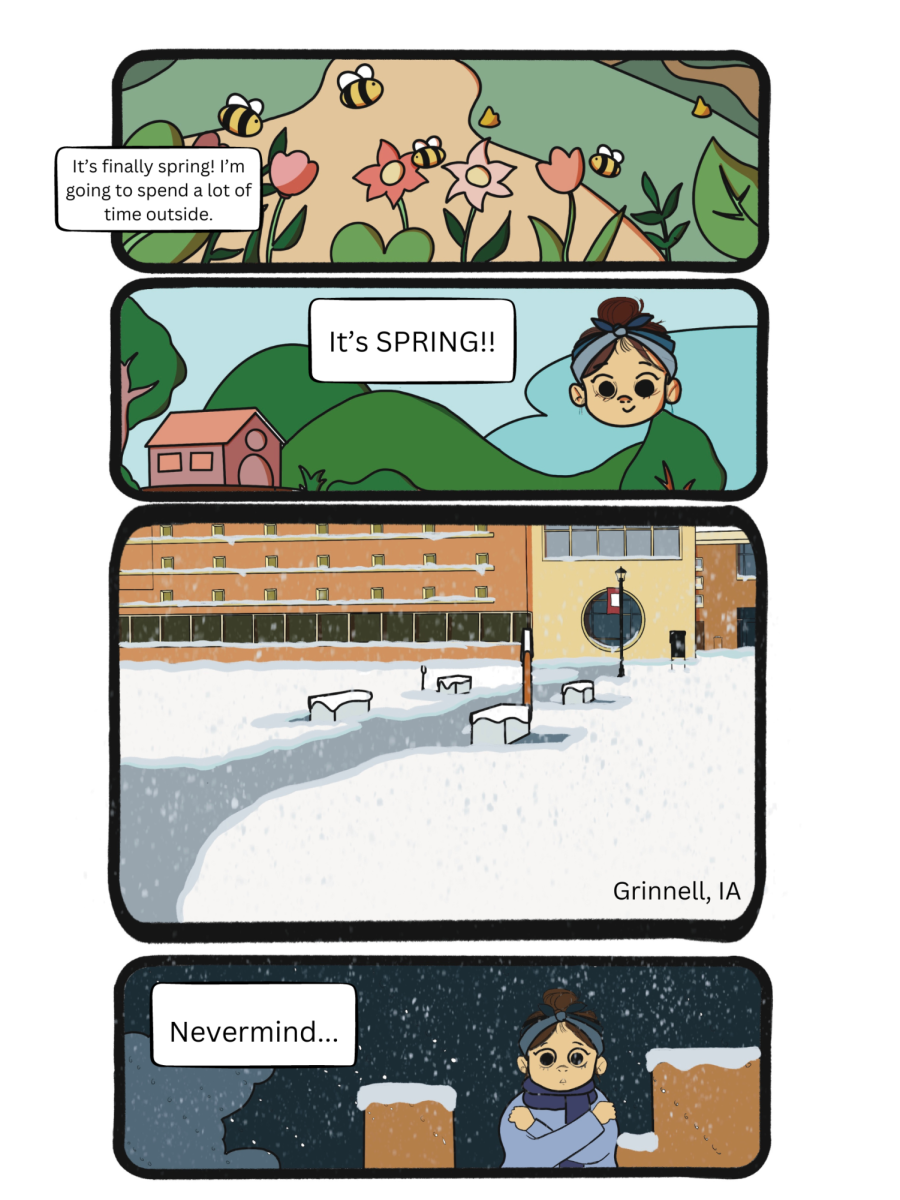
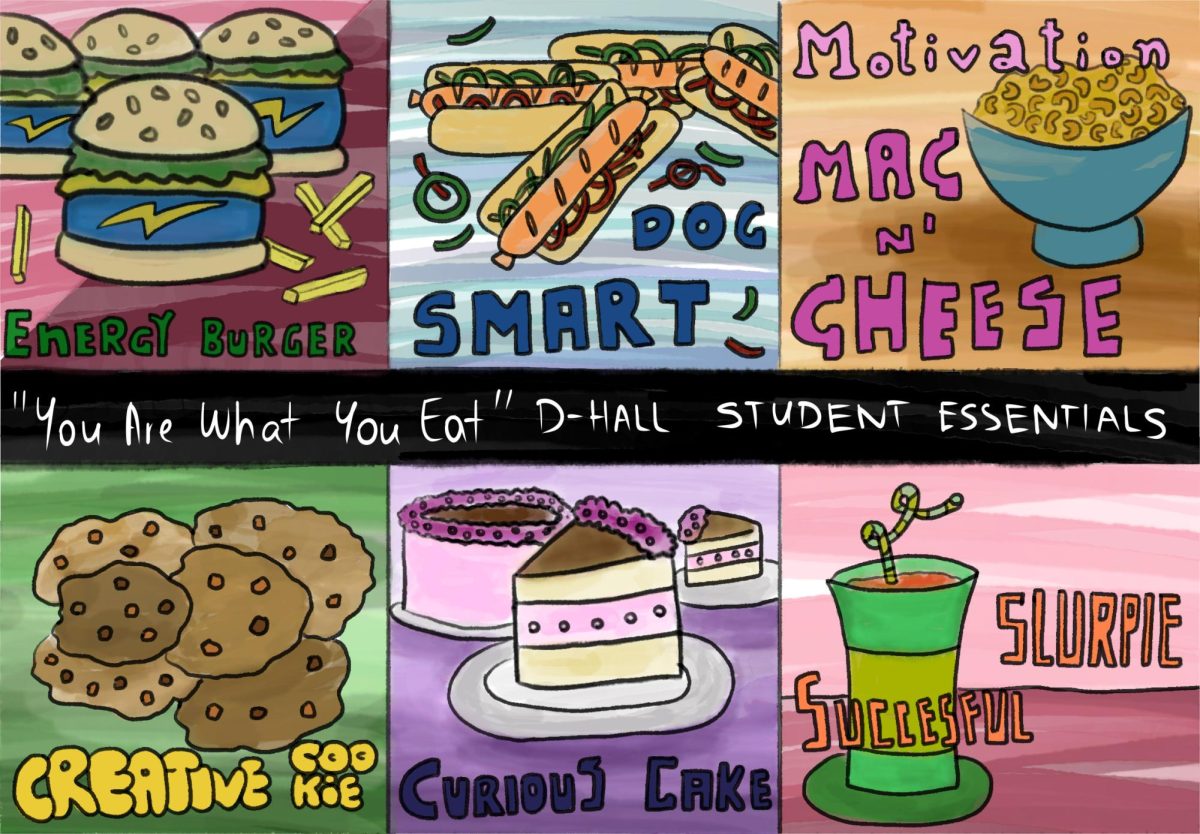

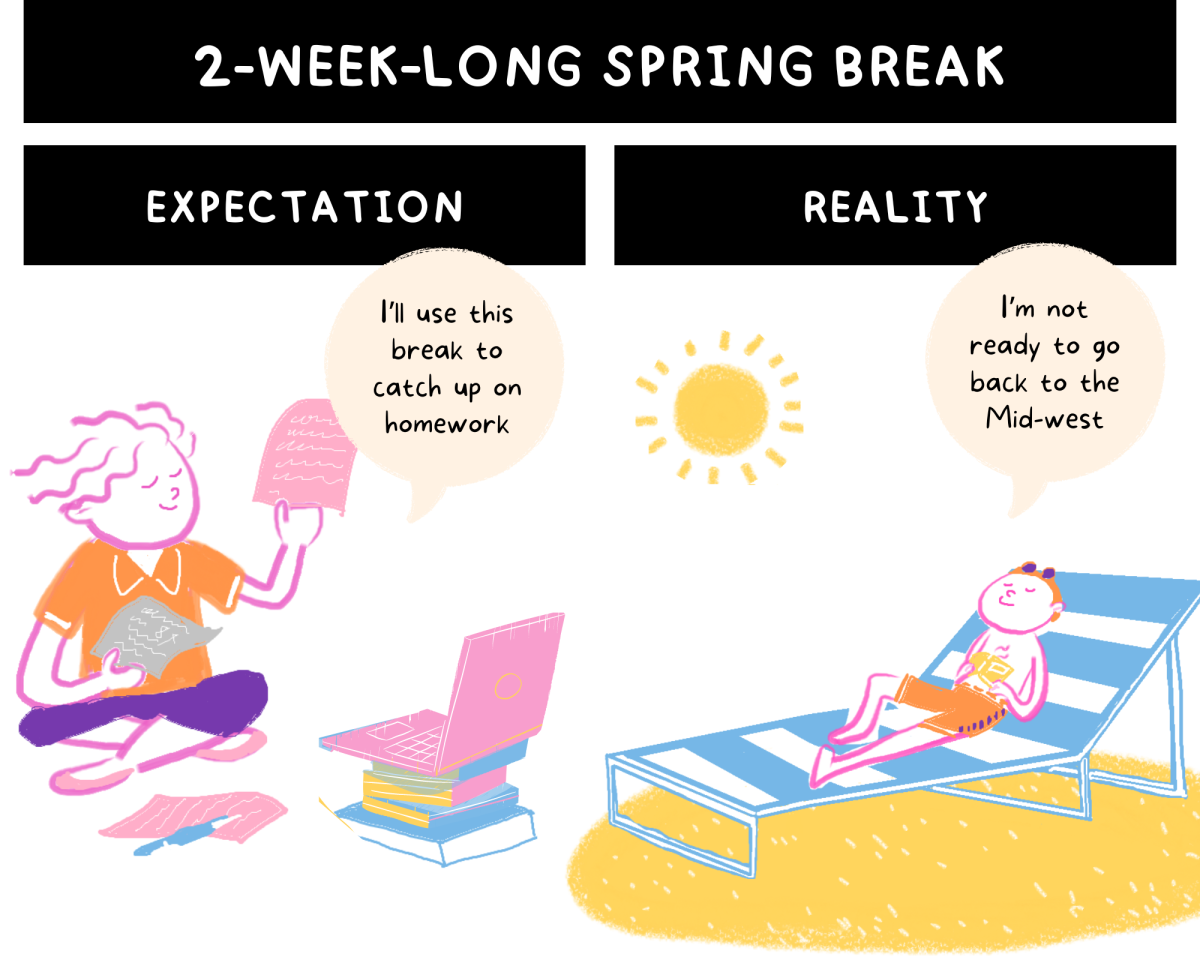
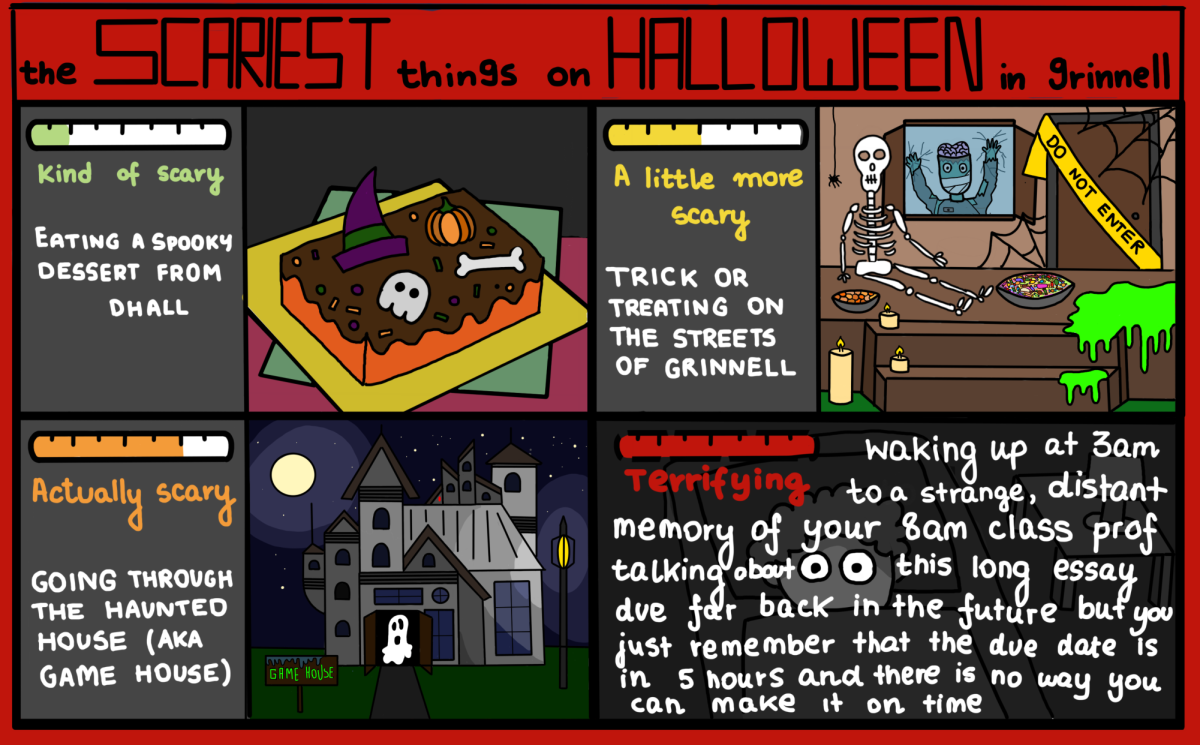





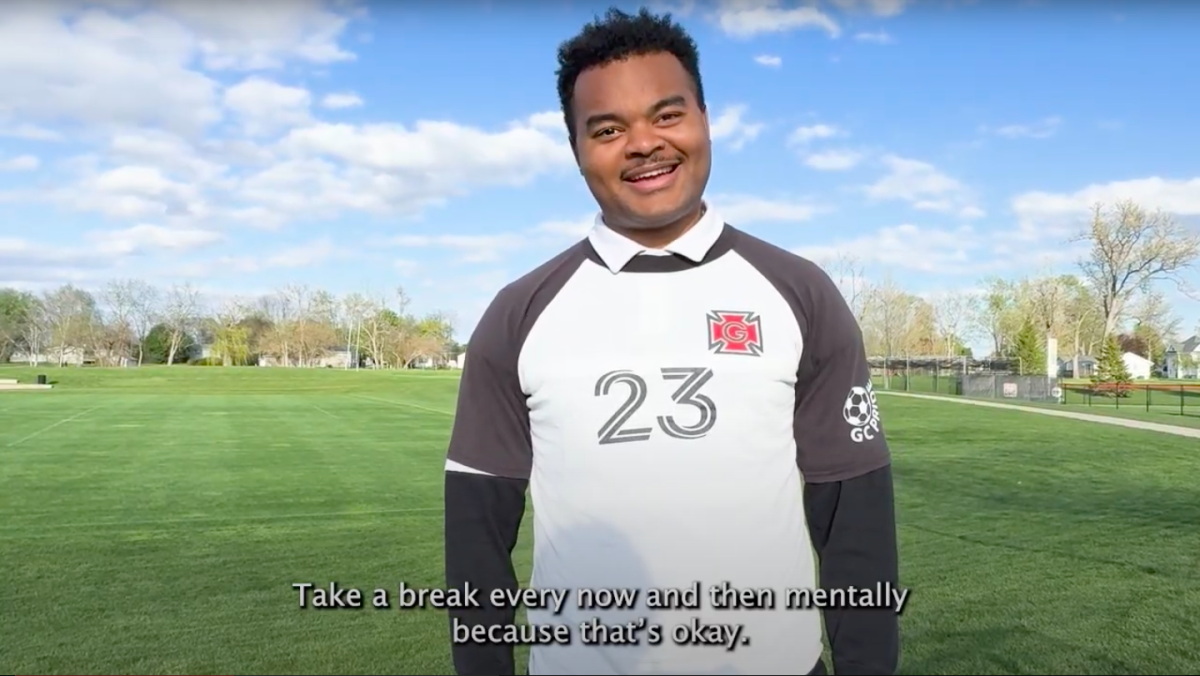
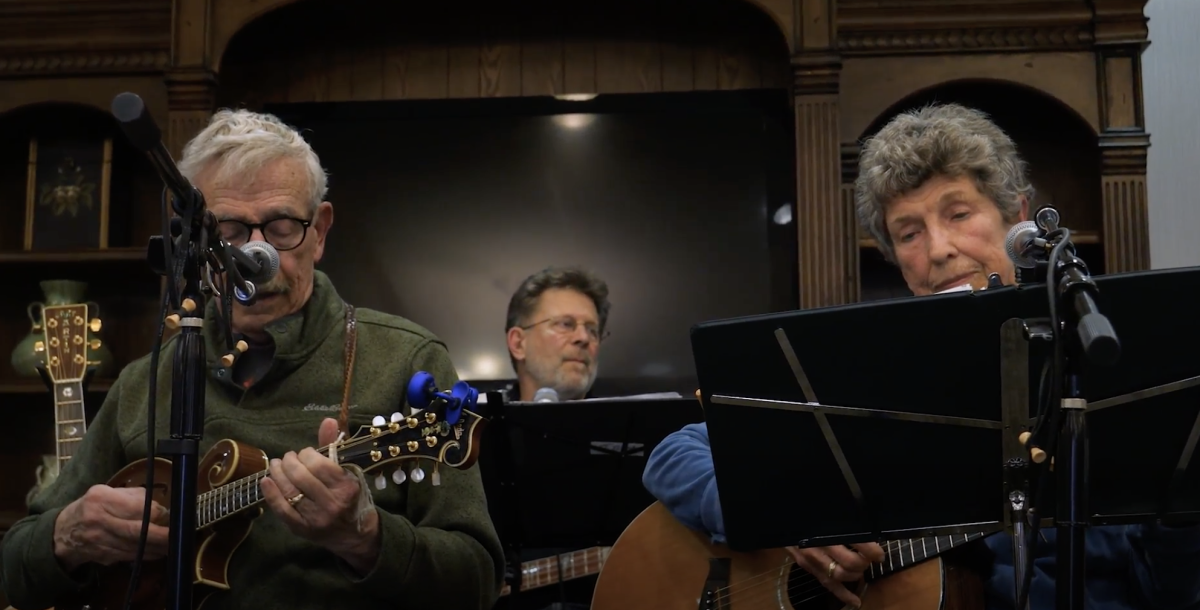

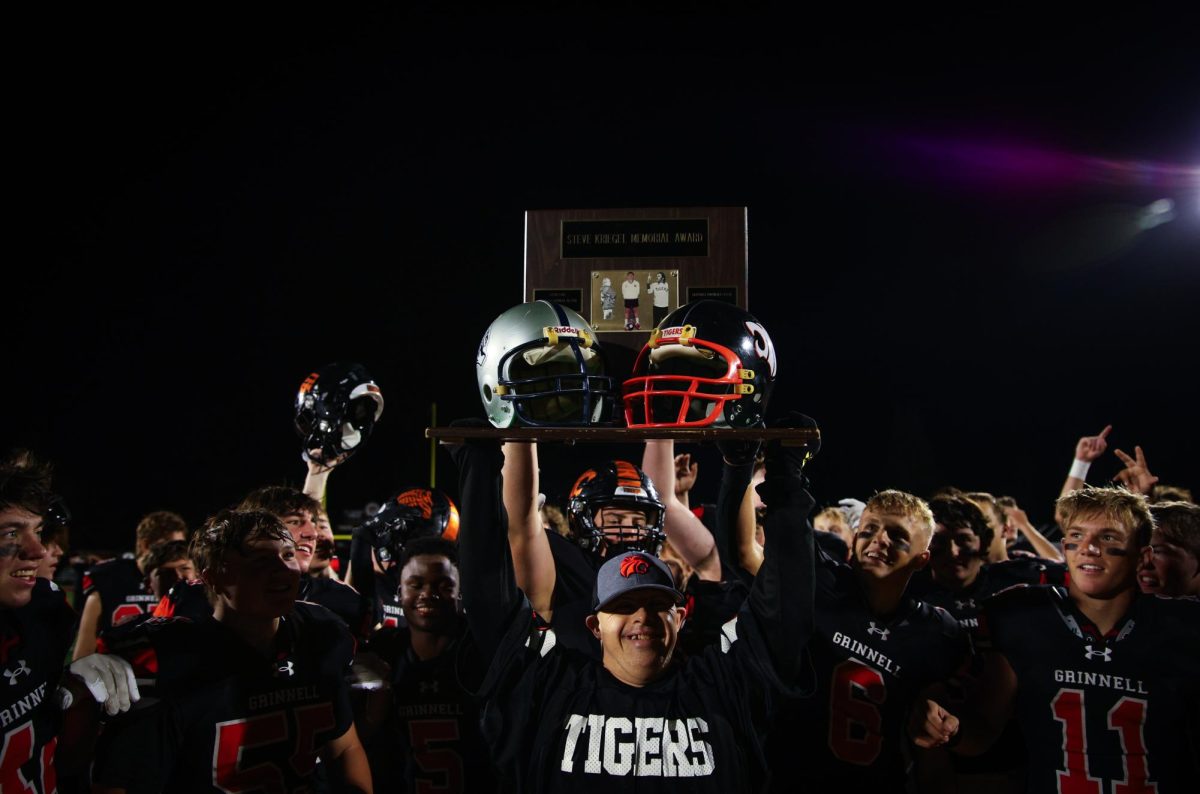
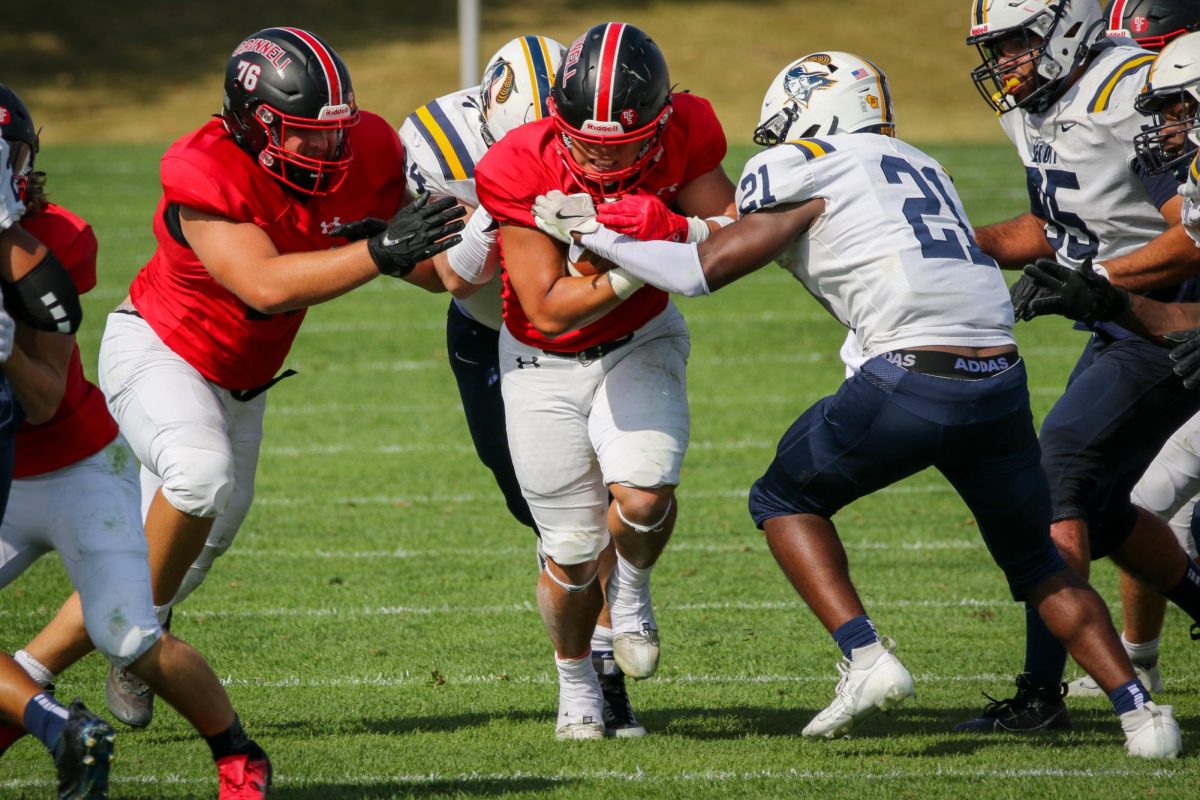


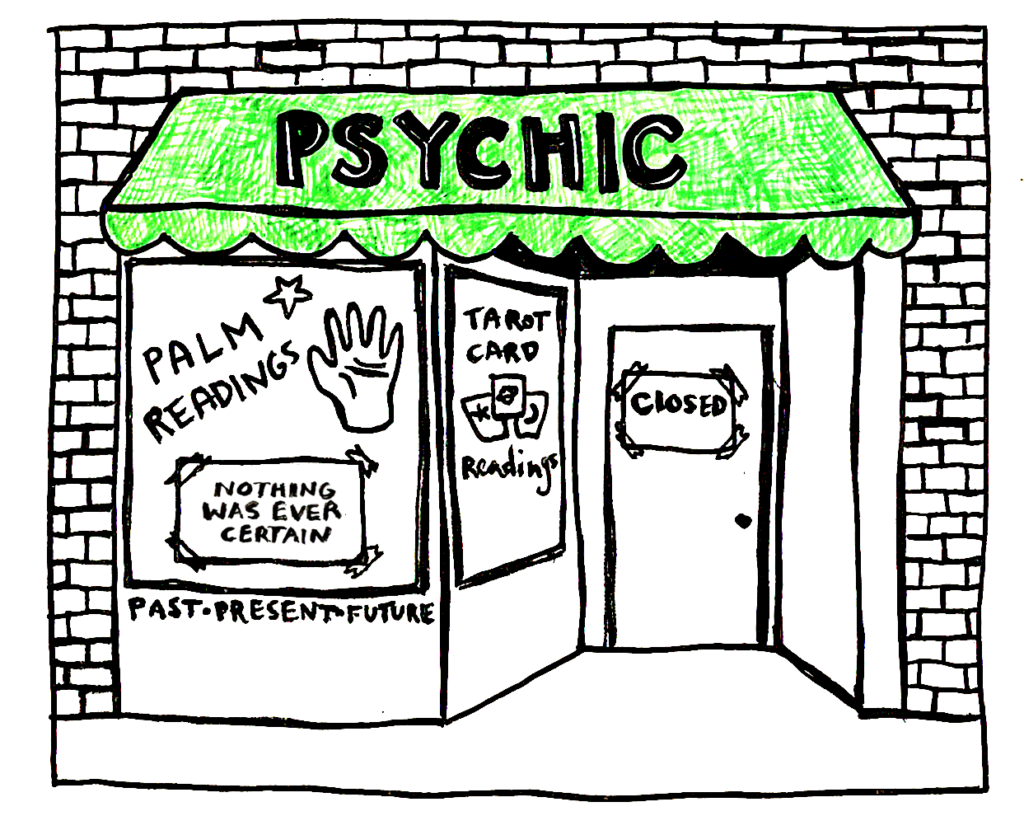
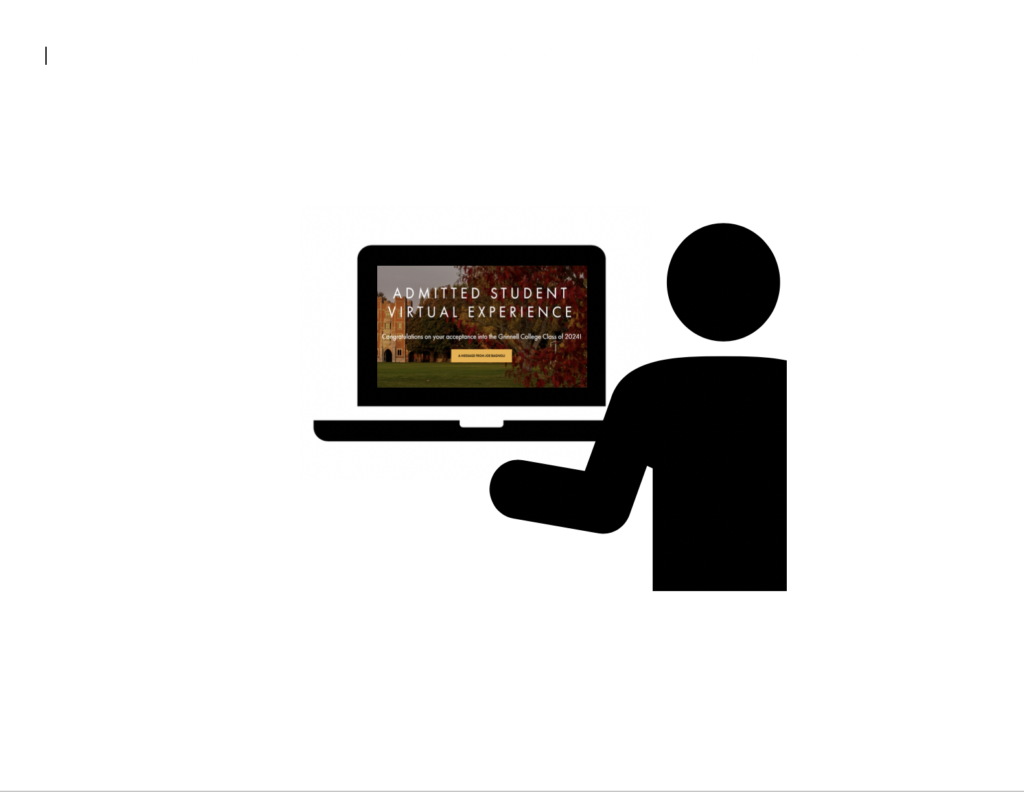

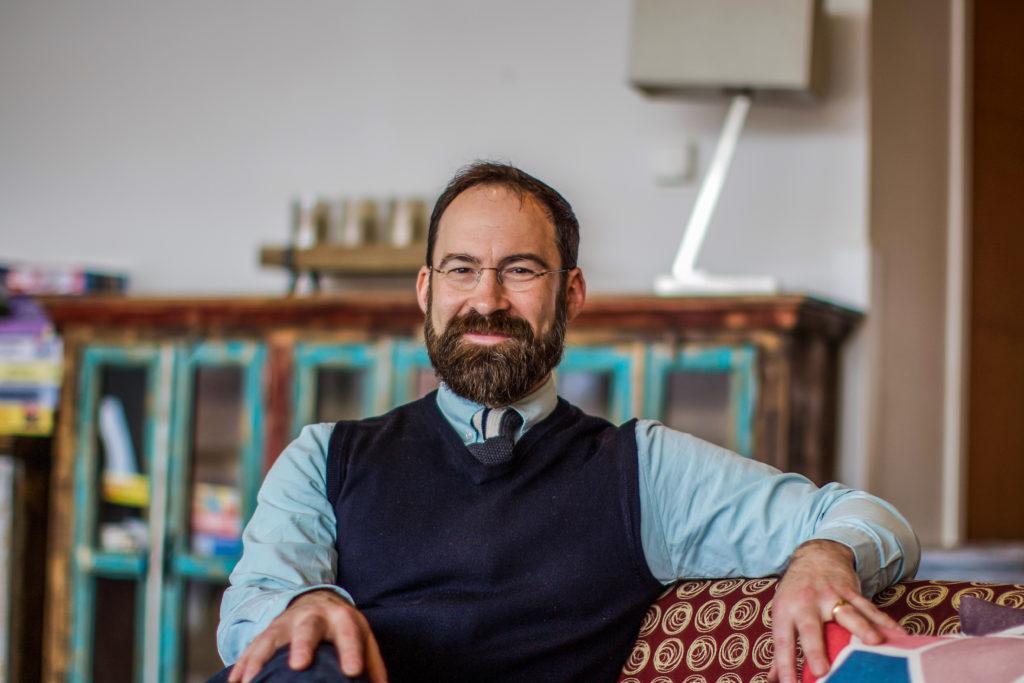
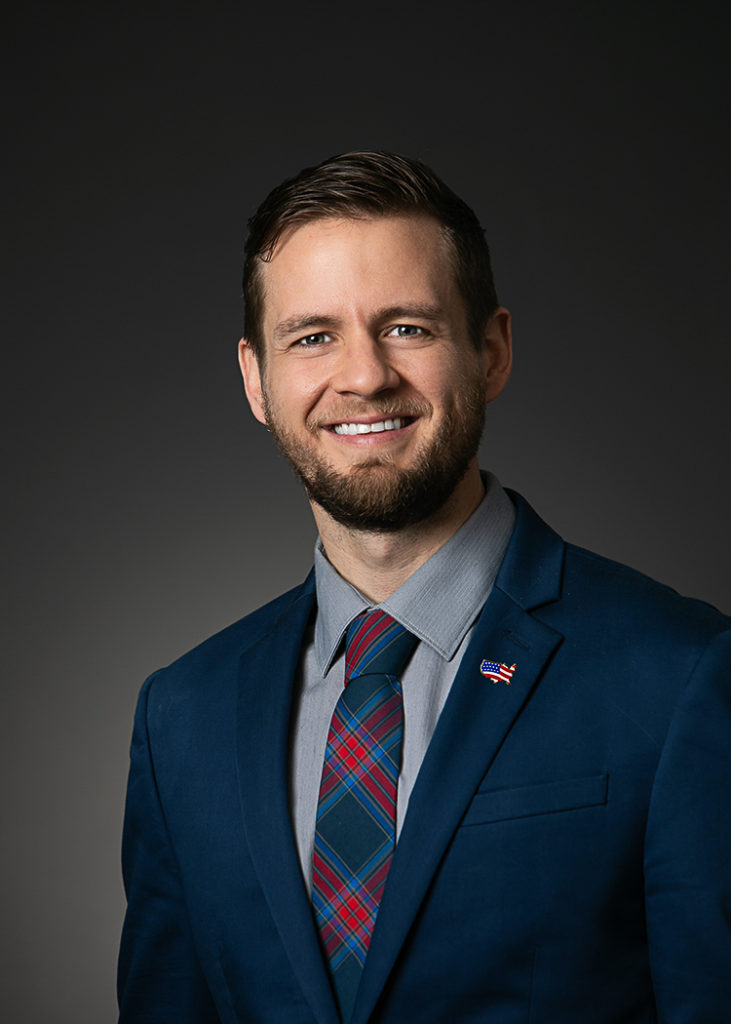
Julie • Oct 23, 2012 at 6:23 am
My family paid full tuition for Grinnell for which I am still extremely grateful. I love the college, speak well of it always and have given something to the college annually regardless of fluctuations in my own financial state. I appreciate the school’s efforts to have an ongoing relationship with alumni too.
That said, ‘need-blind’ admissions is one of the defining characteristics of the school and I’m sure many other alumnae would second guess their continuing support as i would were the college to discontinue that policy.
Harold • Oct 17, 2012 at 12:21 pm
My parents paid the full-bill when I went to Grinnell. They (and me!) have never regretted it and still see today’s price as a super-value when you measure it over a lifetime. The college is in my will and I mailed my first president’s club check today.
Grace • Oct 9, 2012 at 2:34 pm
I am uncomfortable with the implication of alumni somehow not having a history of donating.
When I was a volunteer during the Pam Ferguson campaign in the 1990s, the annual donations were in the mid-40% range; I also recall the development office saying something like 80% of all alumni had made a donation in the prior number of years. I know it dropped into the upper 30%s and it hit 40% again a few years ago; then it has dropped again. It might be interesting to see all of that in a couple of graphs.
When I talk to my classmates at reunion, after we’re nostalgic for the good ol’ days and grateful today’s women aren’t locked on south campus, we marvel at the Grinnell of today.
At our last reunion we also found ourselves being more proud and interested in the Joe Wall awards than we did in hearing about Raynard’s social justice awards. We thought it was a nice idea, but were put-off by the exclusion of those over 40 and, notwithstanding the merits of social justice, the prizes seemed out of the sphere of higher education. Maybe if an alum set up on endowment to fund them that would be ok. But we thought college money should be more directly beneficial of the mission to educate students. If a prize is significant to achieve that mission, then why isn’t the prize for great achievements in scholarship or for doing something that relies on the qualities of the liberal arts (like a scientist discovering a vaccination and also building a system to fund and deliver it to needy populations around the world).
The others thing we always talk about is that our local charities seem to need our precious few dollars more than the college. I have always felt very engaged with the college — the magazine gets better year after year, we go to events, come to reunion, love our class agent, and all of that now. It’s great the college will look for other ways to engage us, but it doesn’t change the absolute fact that the college is far better off than our local charities.
Grinnell is still in our thoughts and we do donate as we can on occasion. A word of caution — the two surest ways to end any of our donations would be to end need-blind and meeting 100% of need or to see the college continue to fall like a rock in the US News rankings.
David • Oct 6, 2012 at 9:36 am
It would be very interesting to hear from alumni who do not donate the reasons they do not give. I graduated in the ’01 and am still in close contact with about a dozen alumni in my area. About half donate and half do not. Reasons for them not donating range from lack of income, feeling the college has plenty of money compared to other charitable institutions that they prefer to contribute, (and similarly, that the benefit of they dollar goes further with other charitable institutions than it does with Grinnell), or simply because they do not like Grinnell College. I’m sure there are many other reasons students do not donate. Finding out the reasons for the lower than peer institution giving and the the most popular reasons could be an interesting article for the S&B.
David